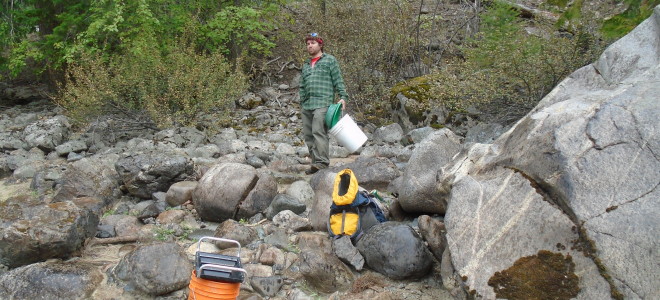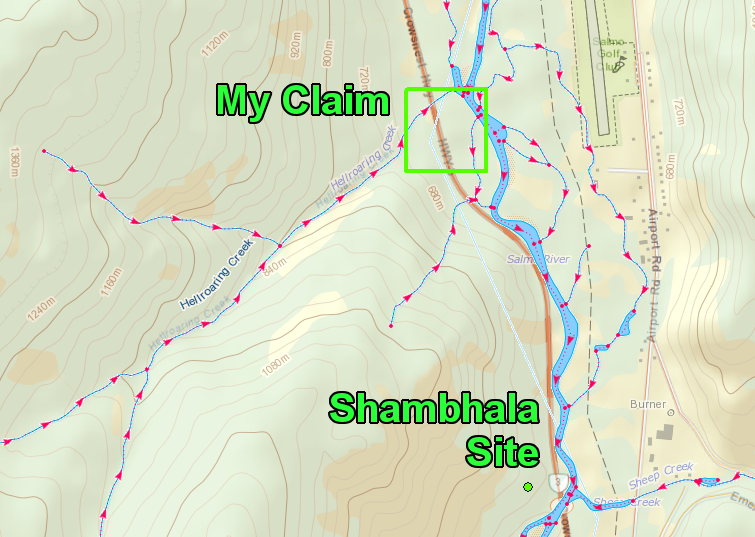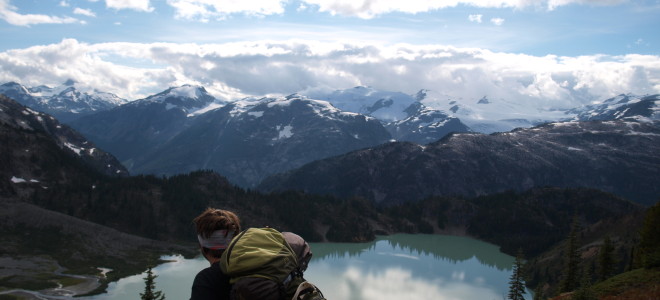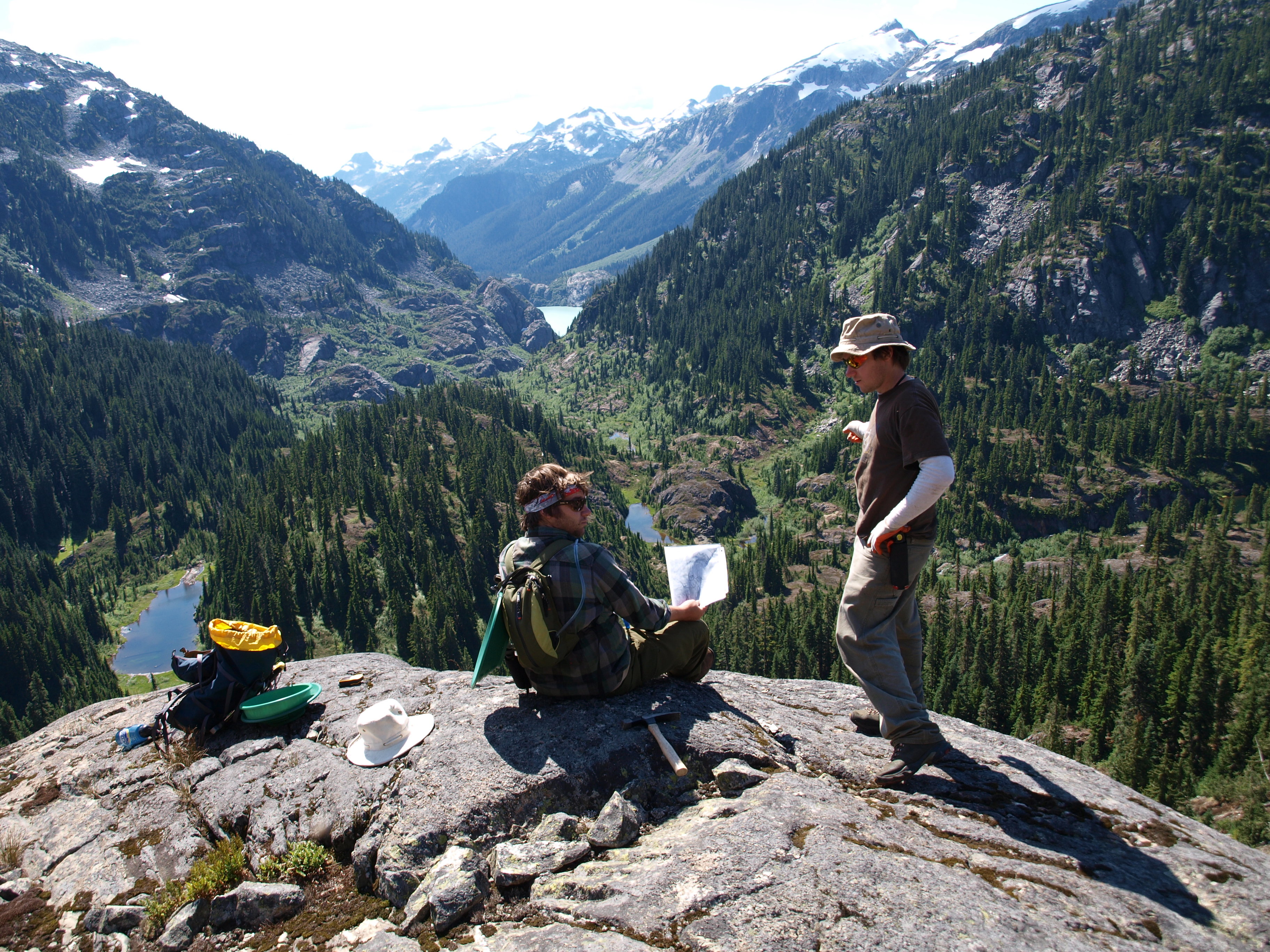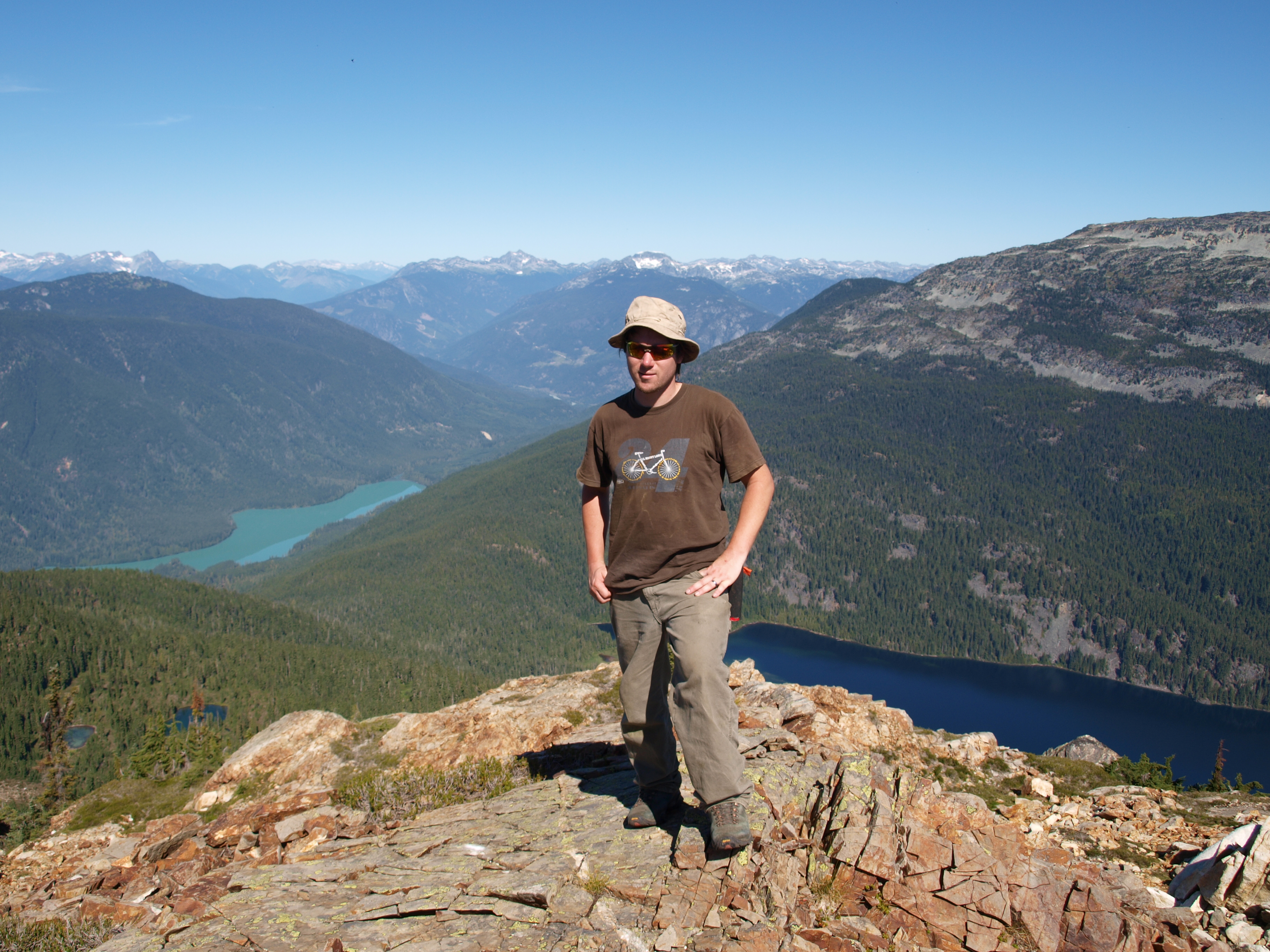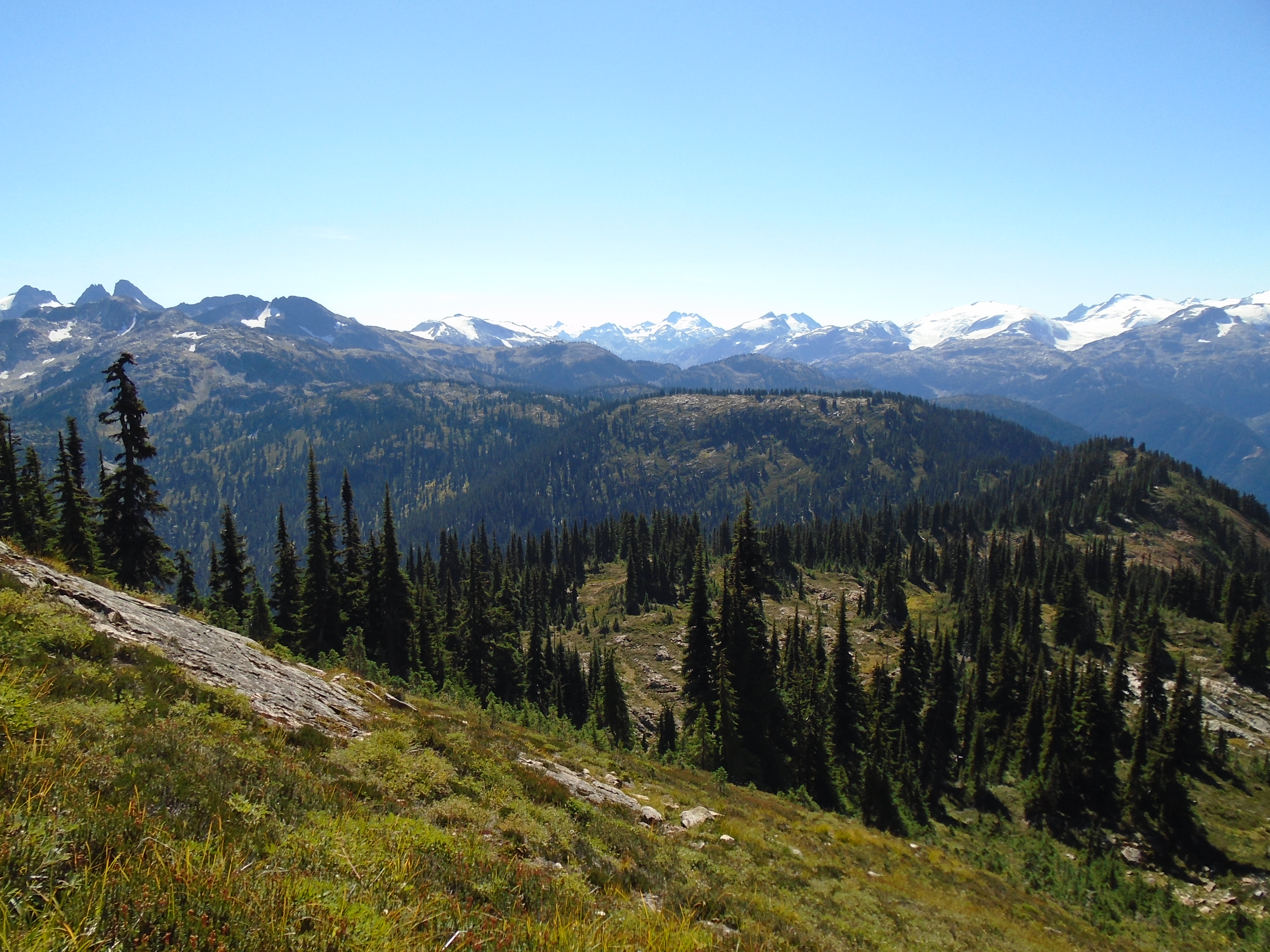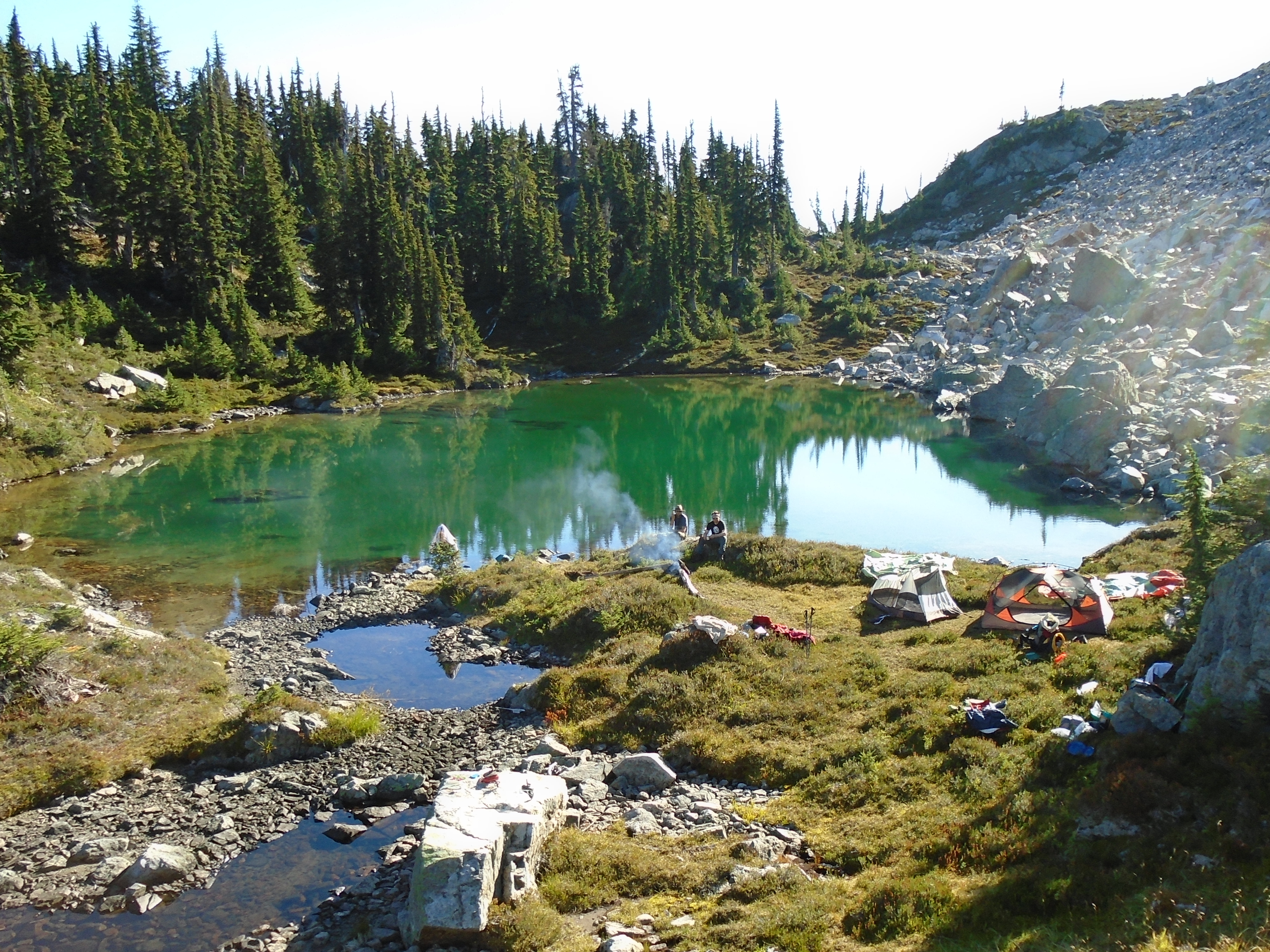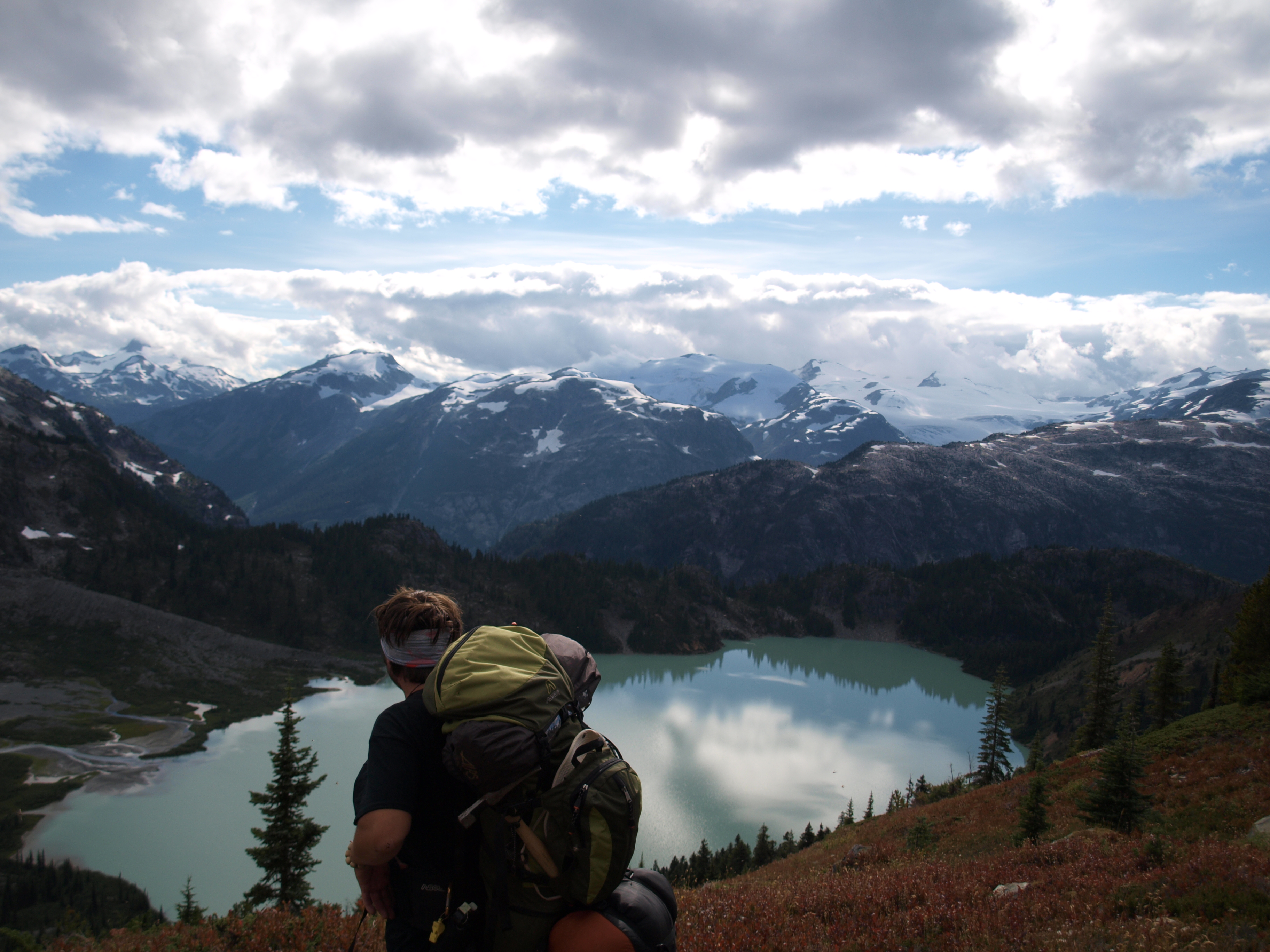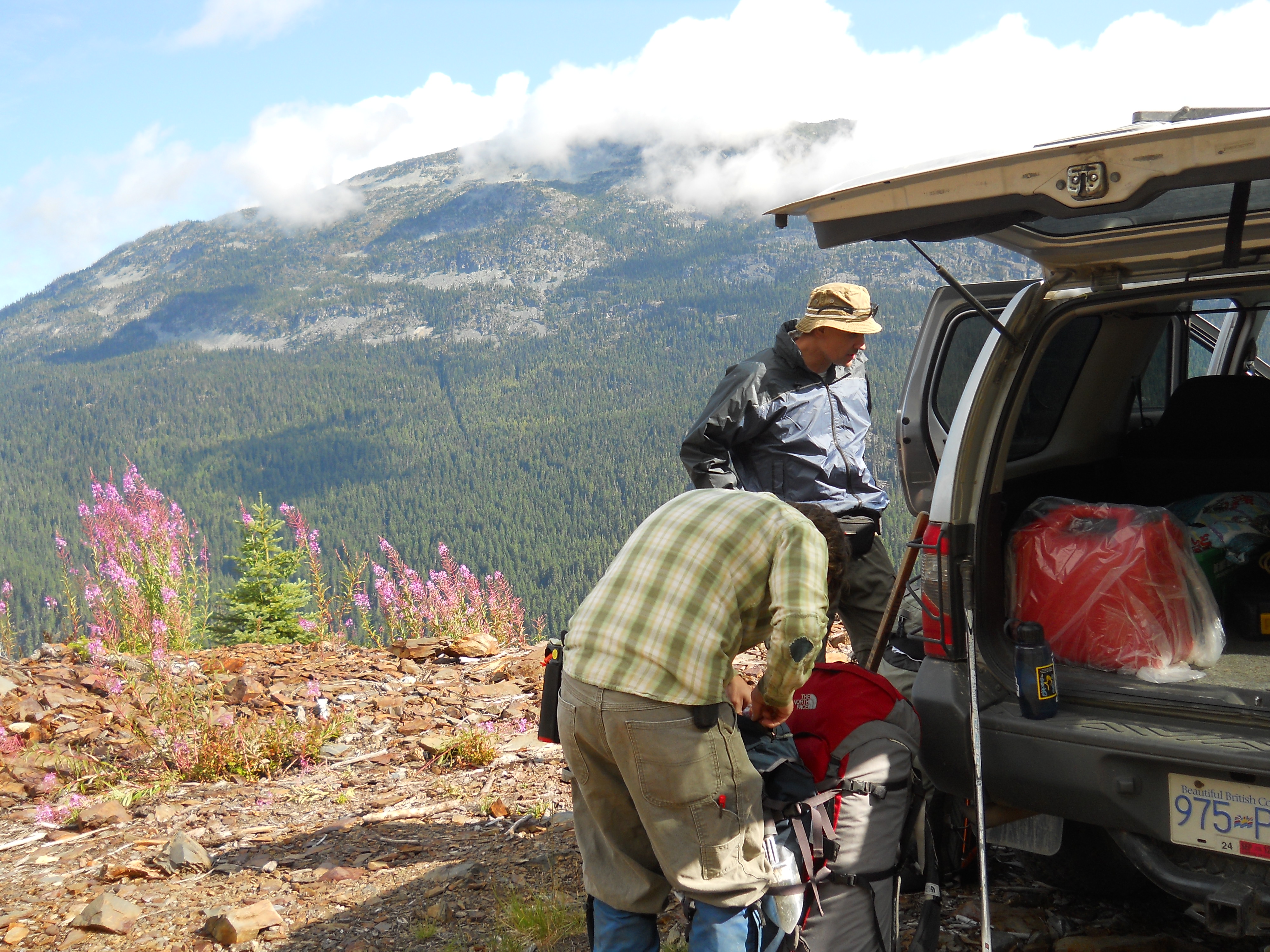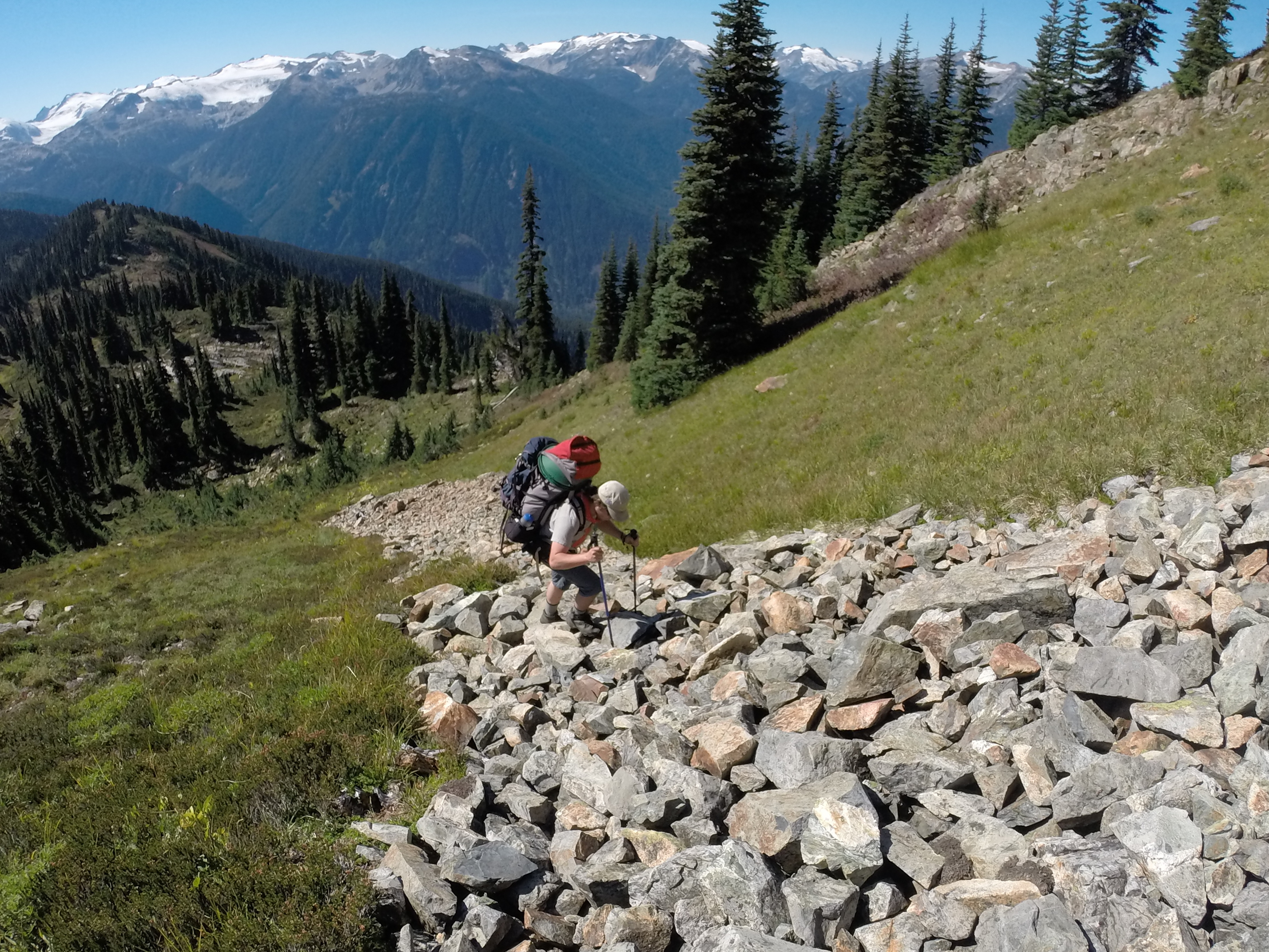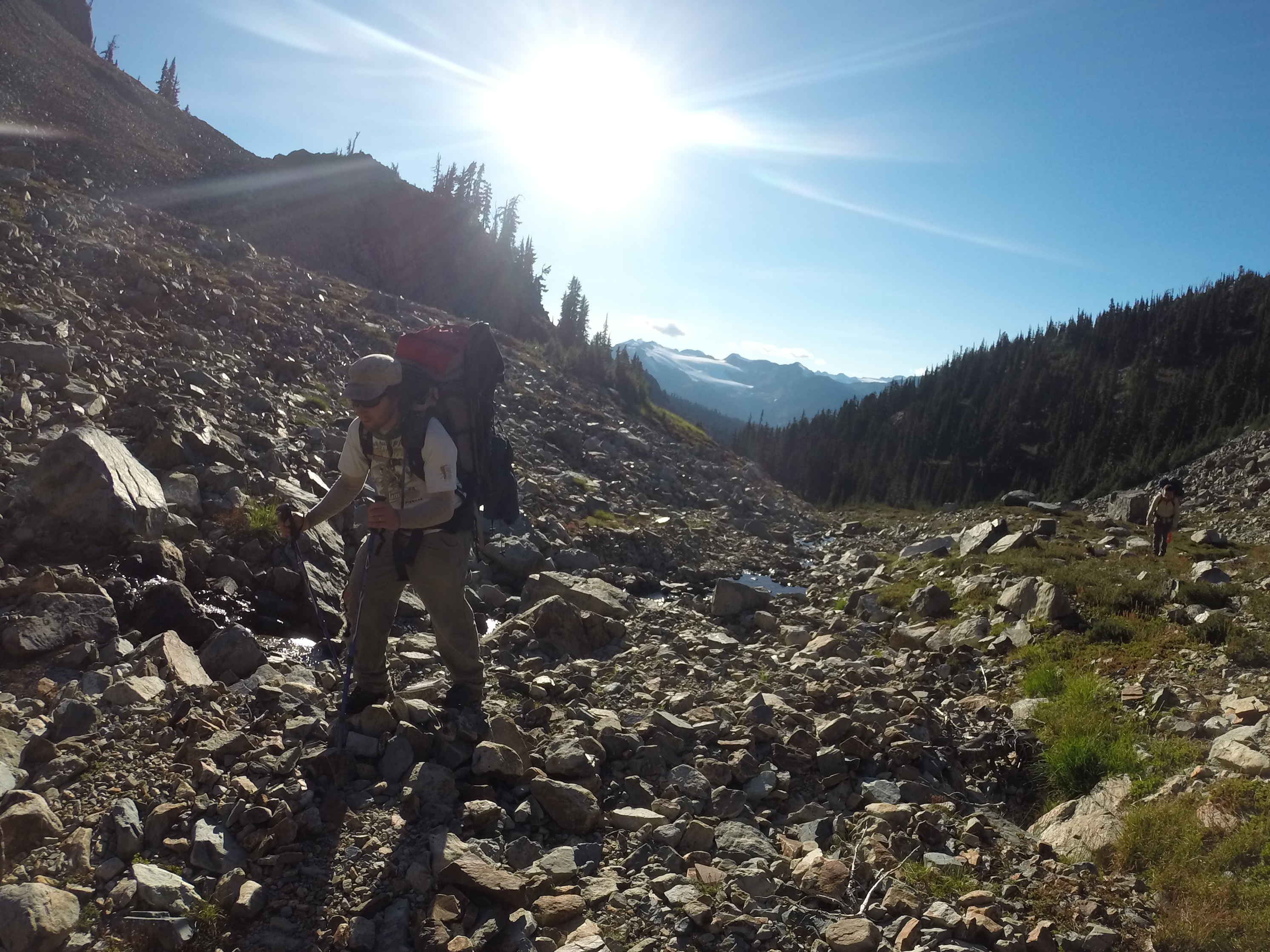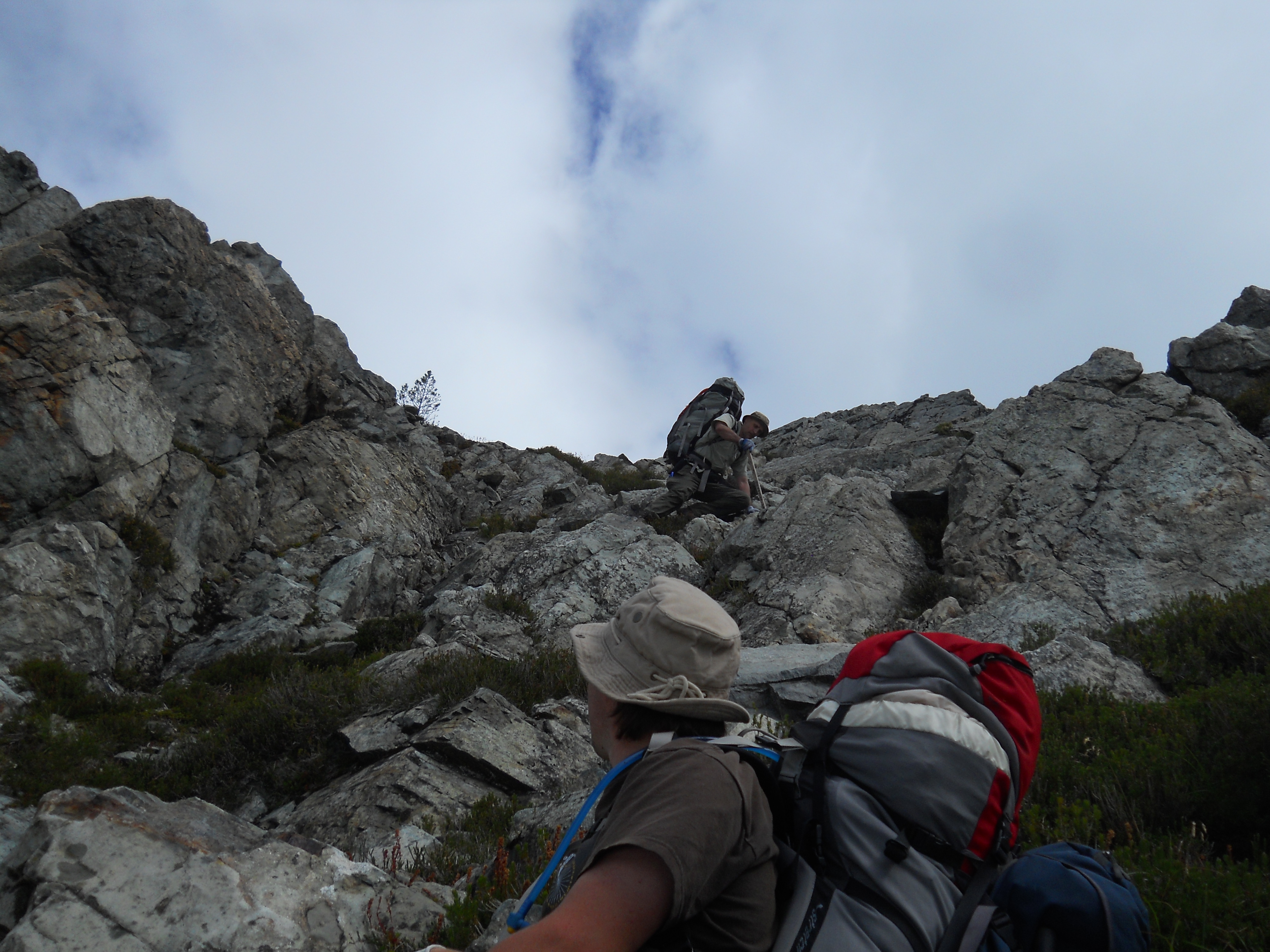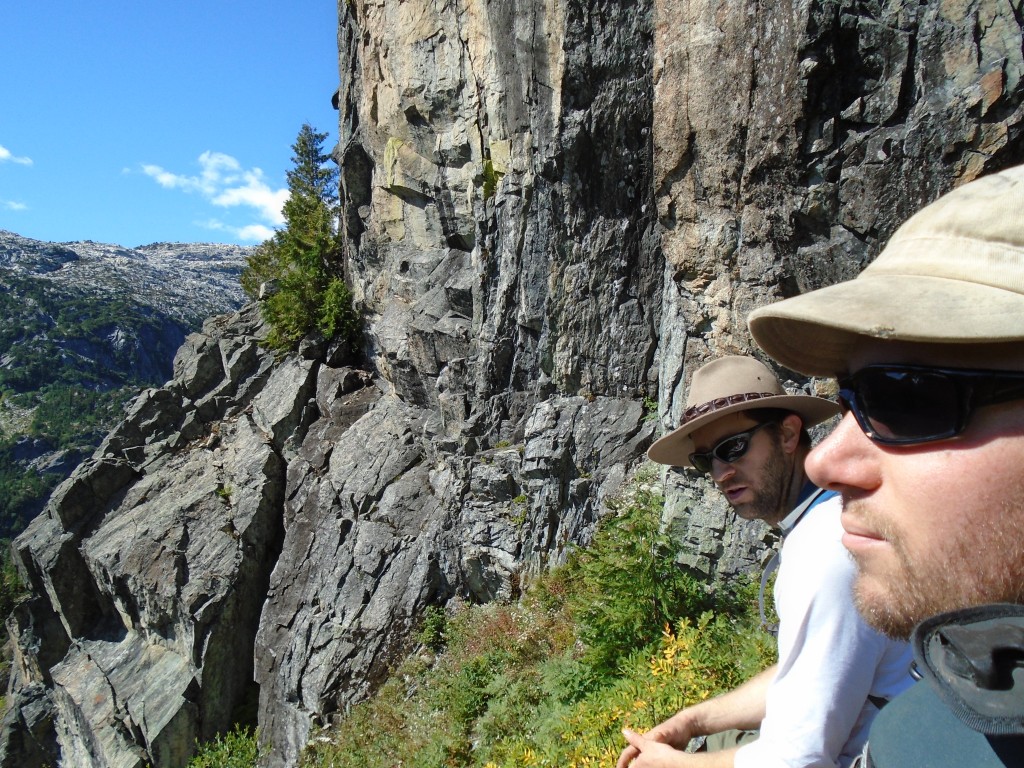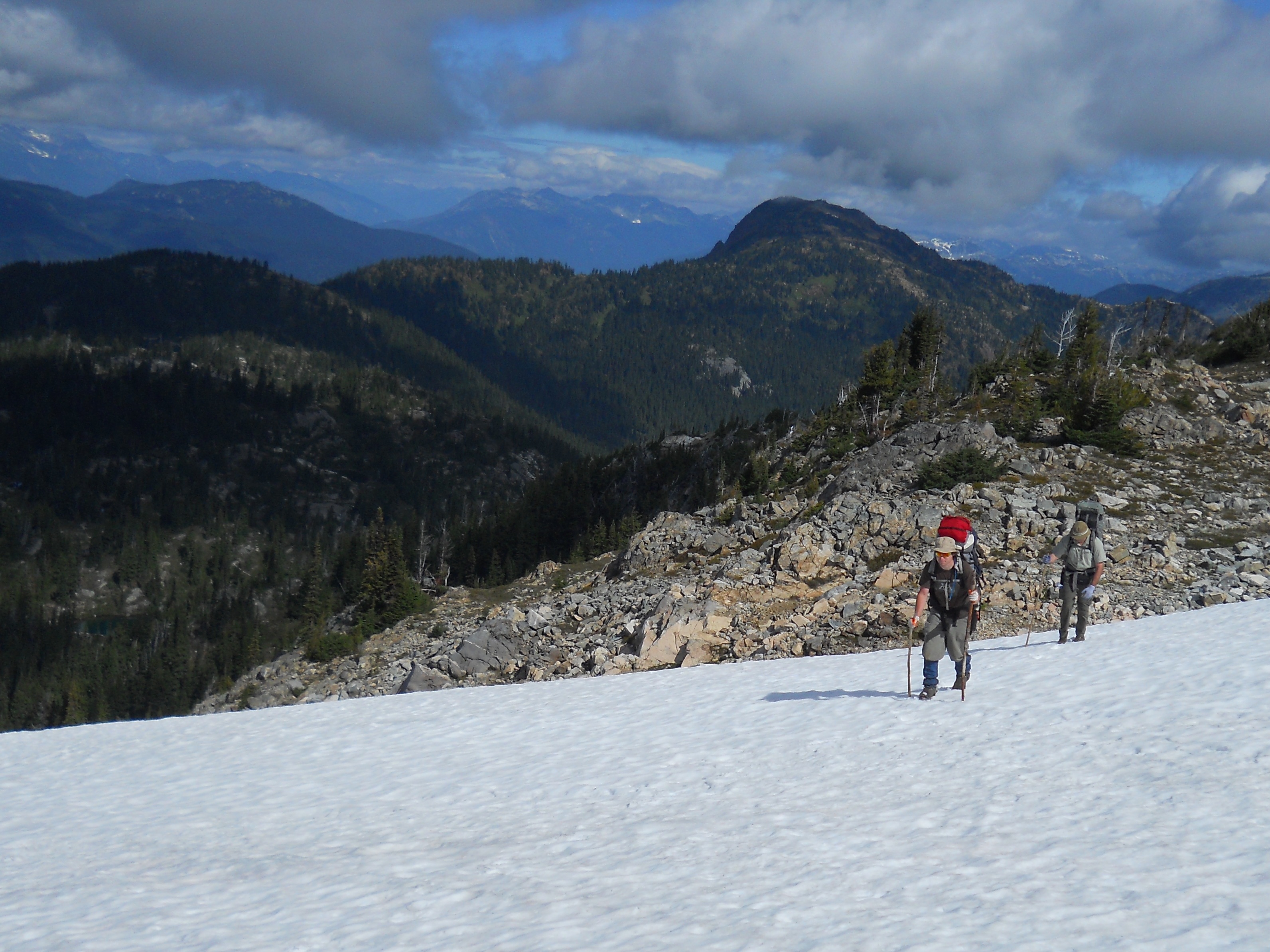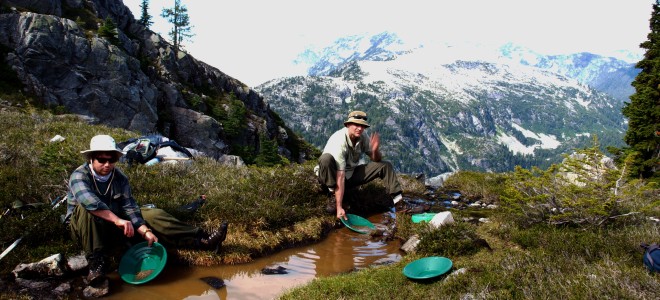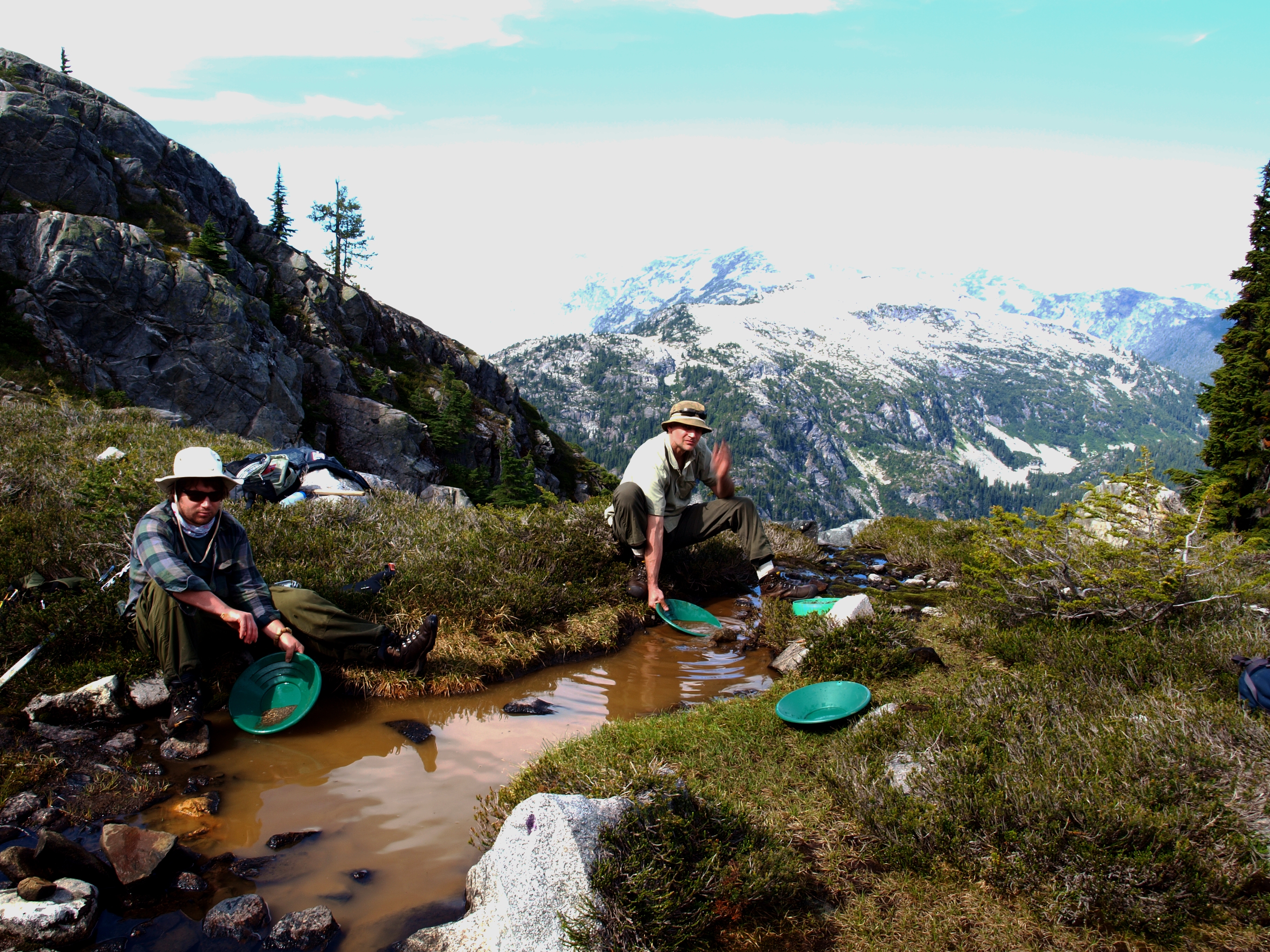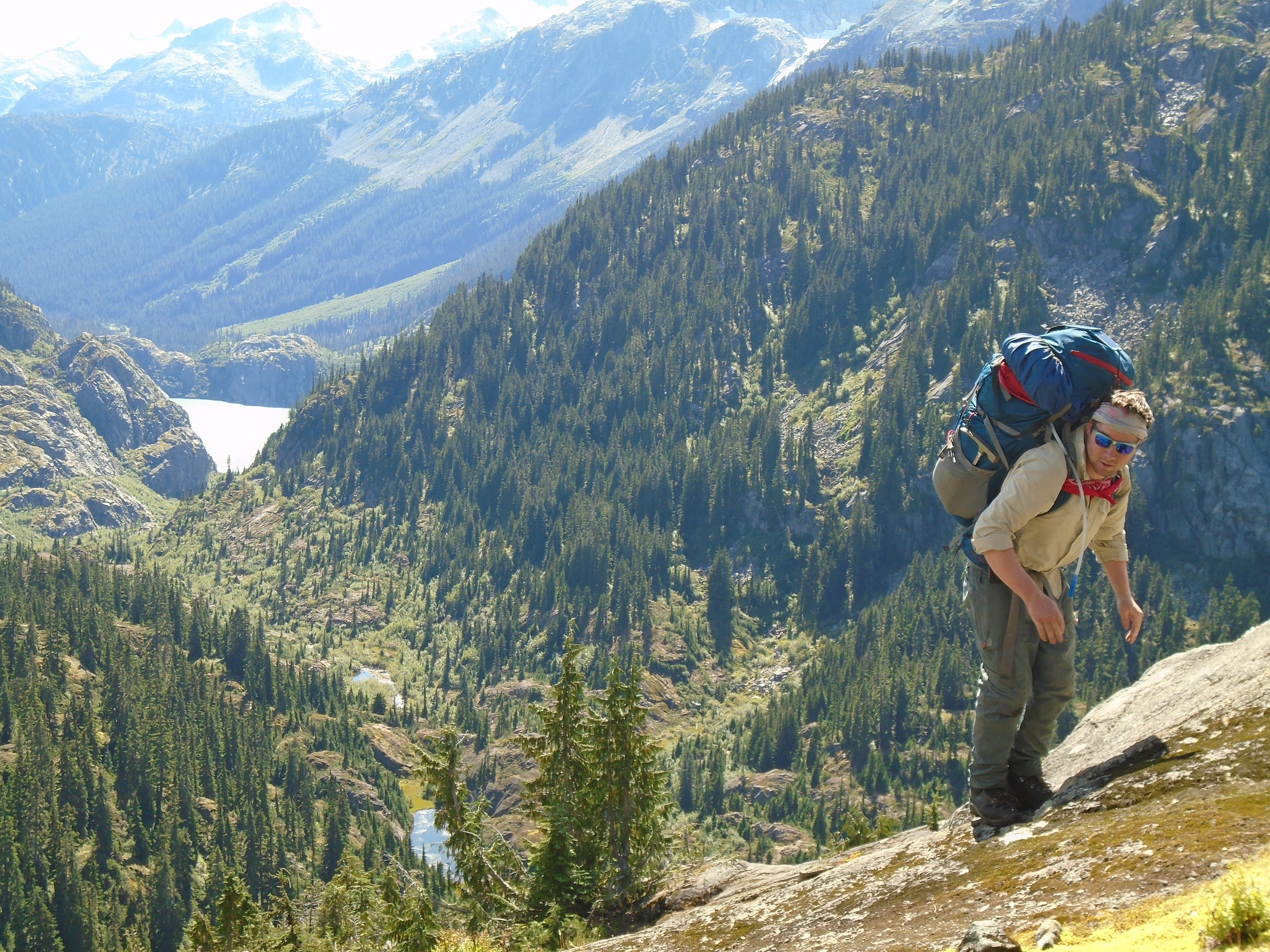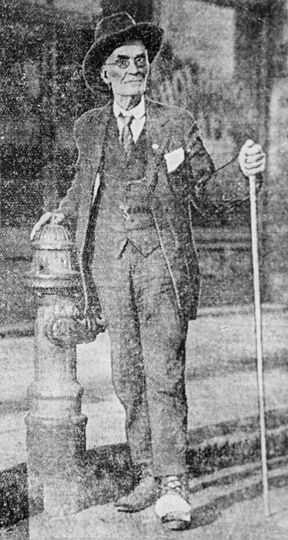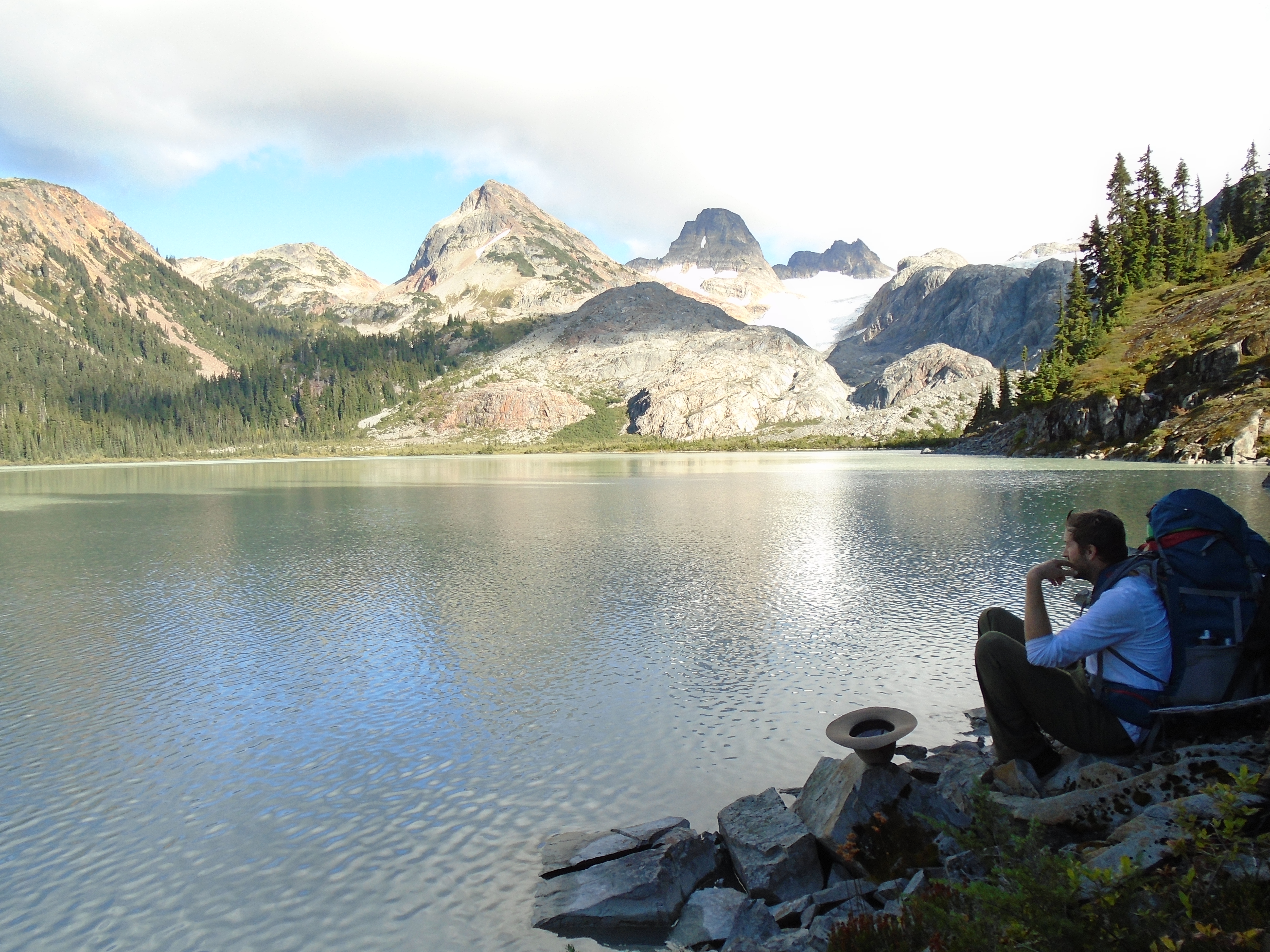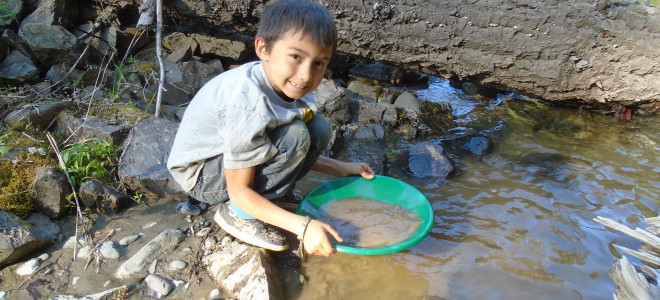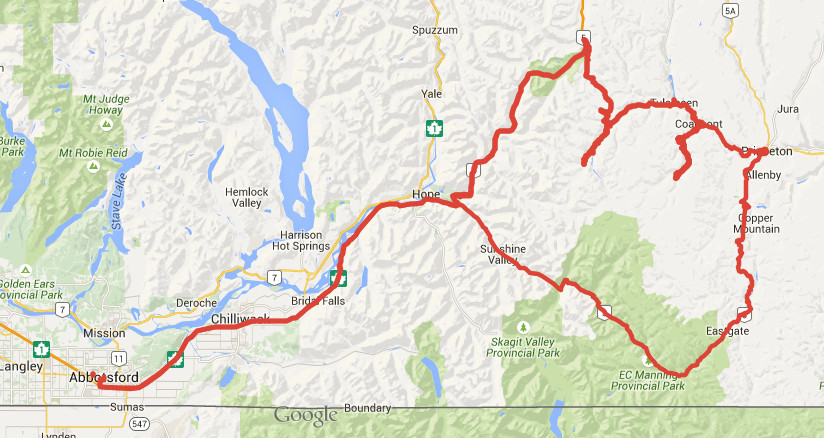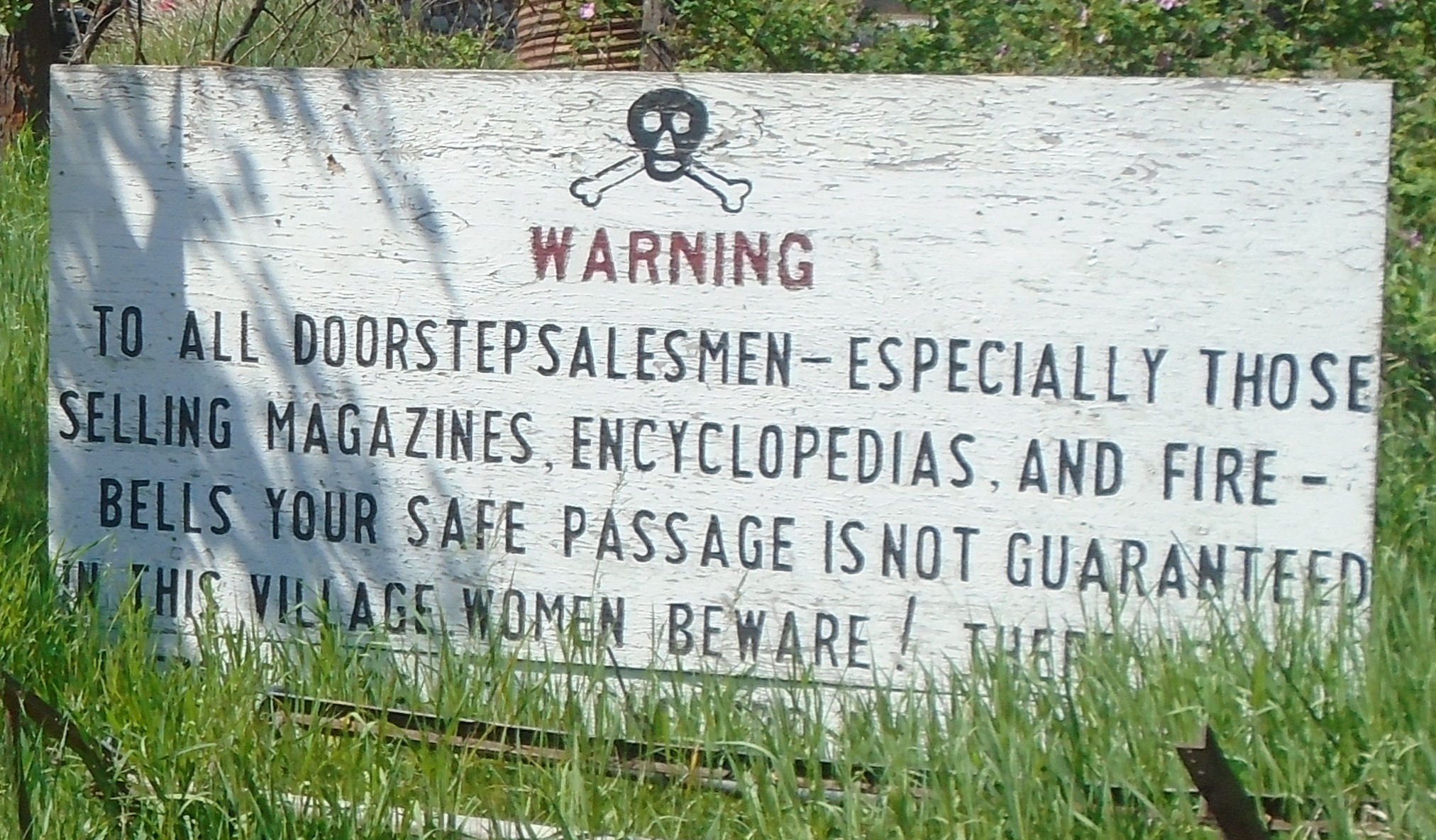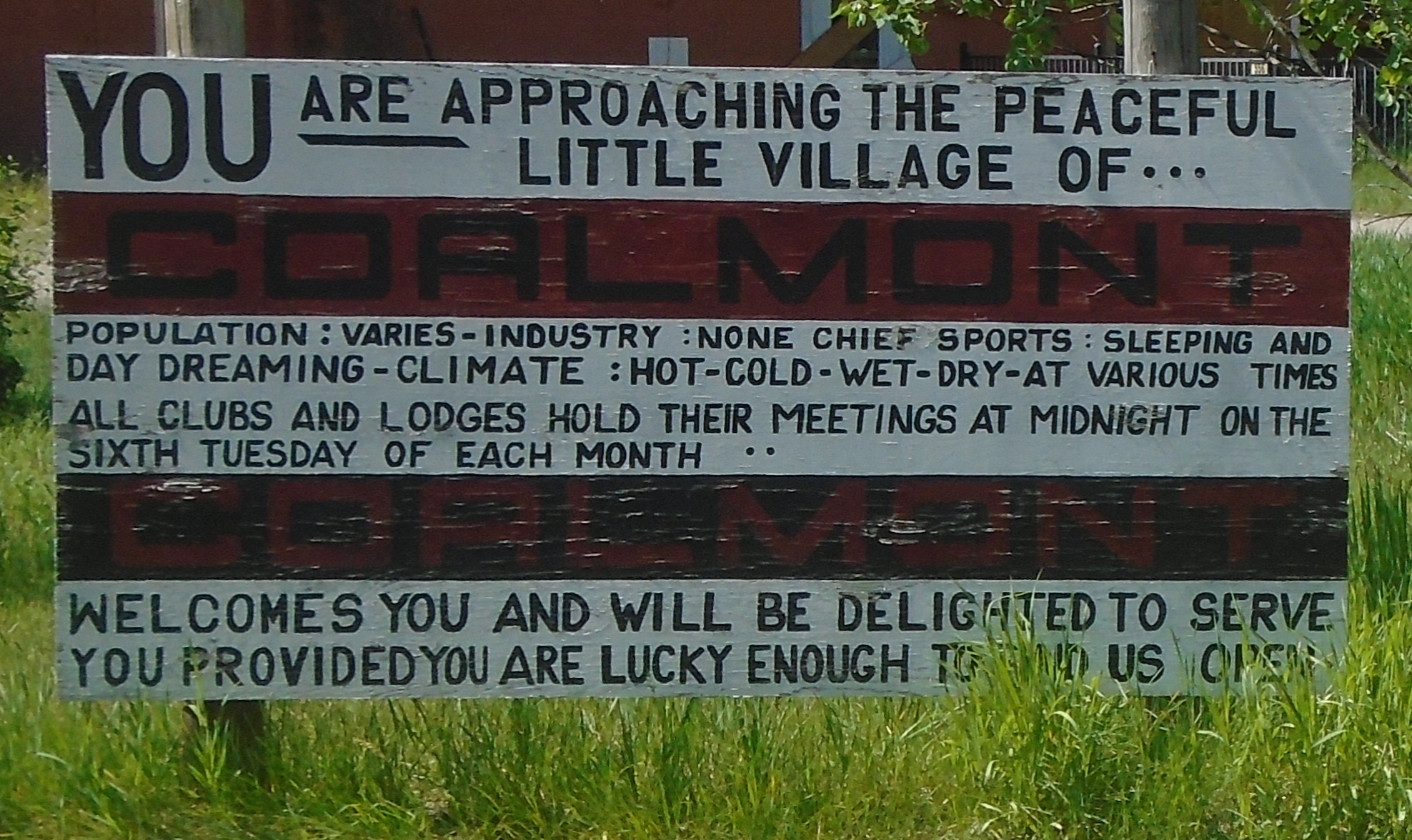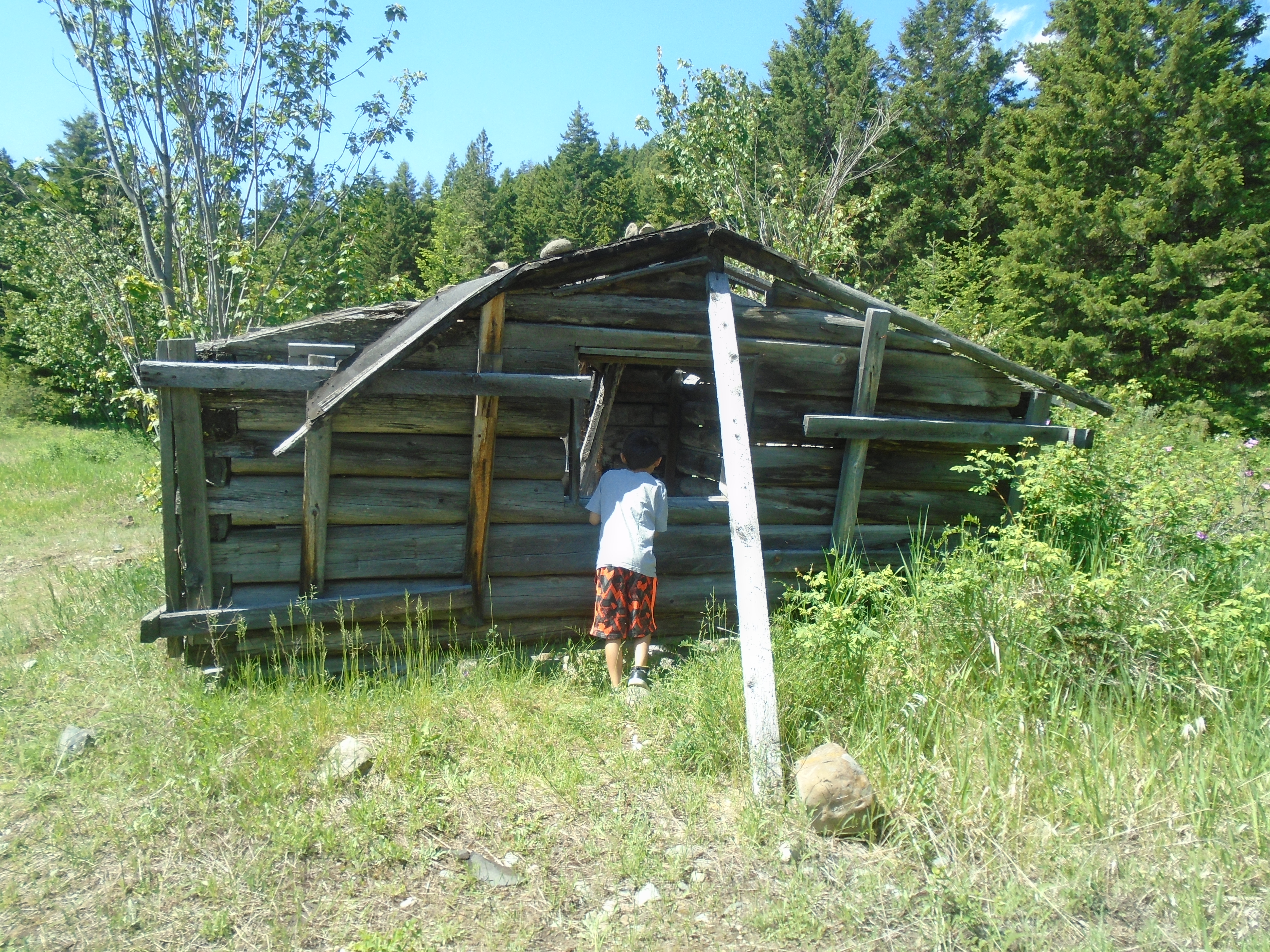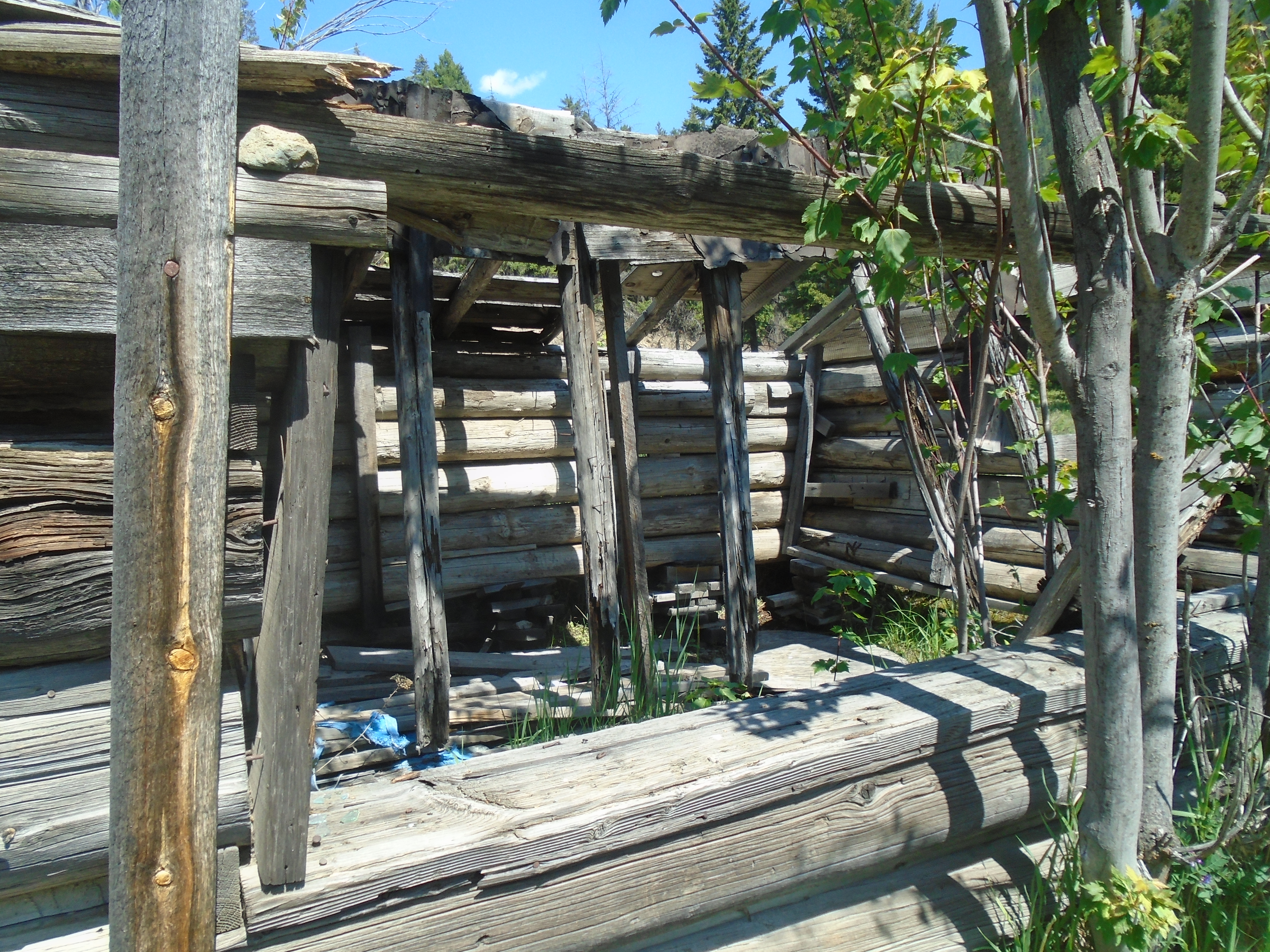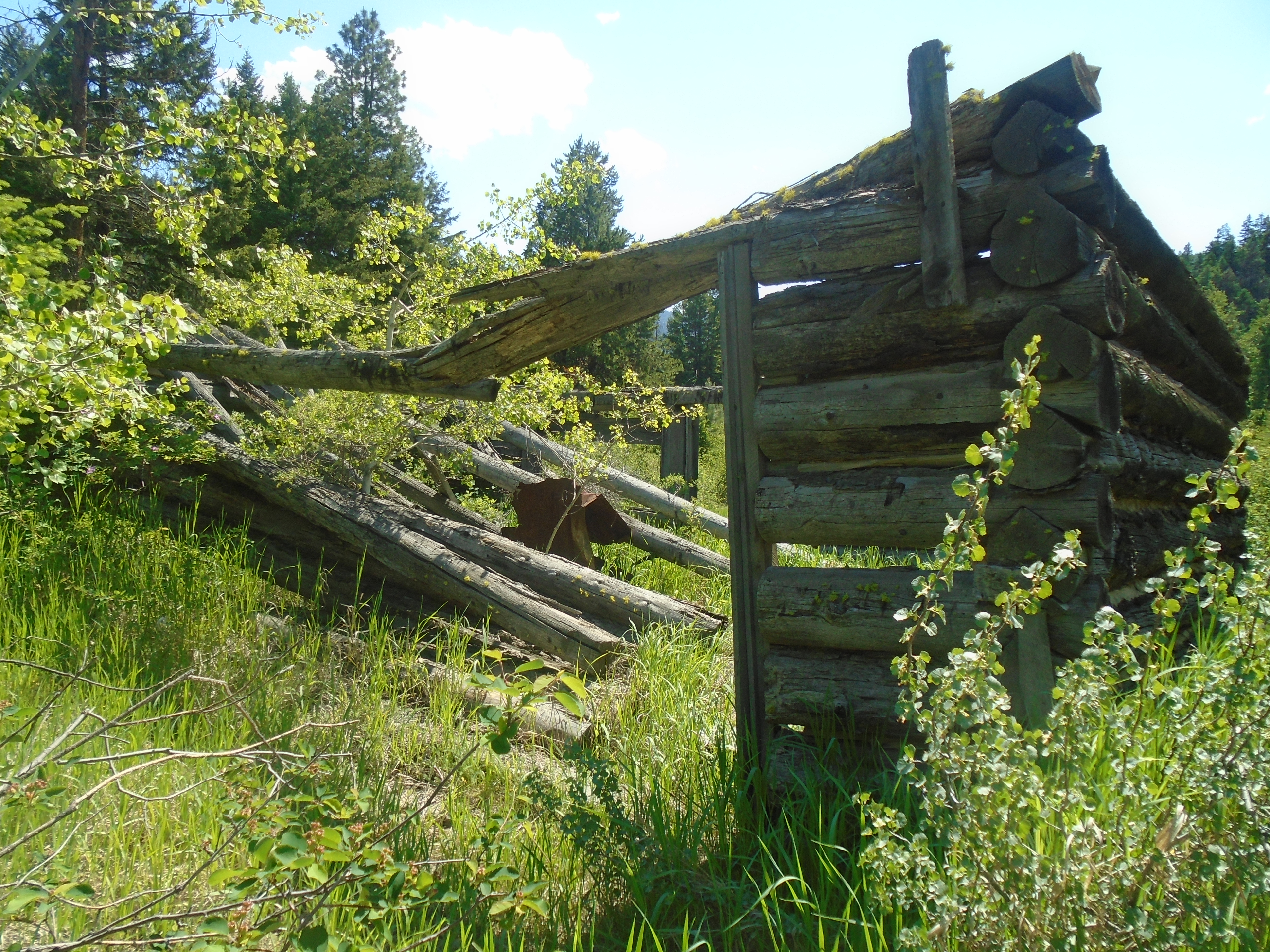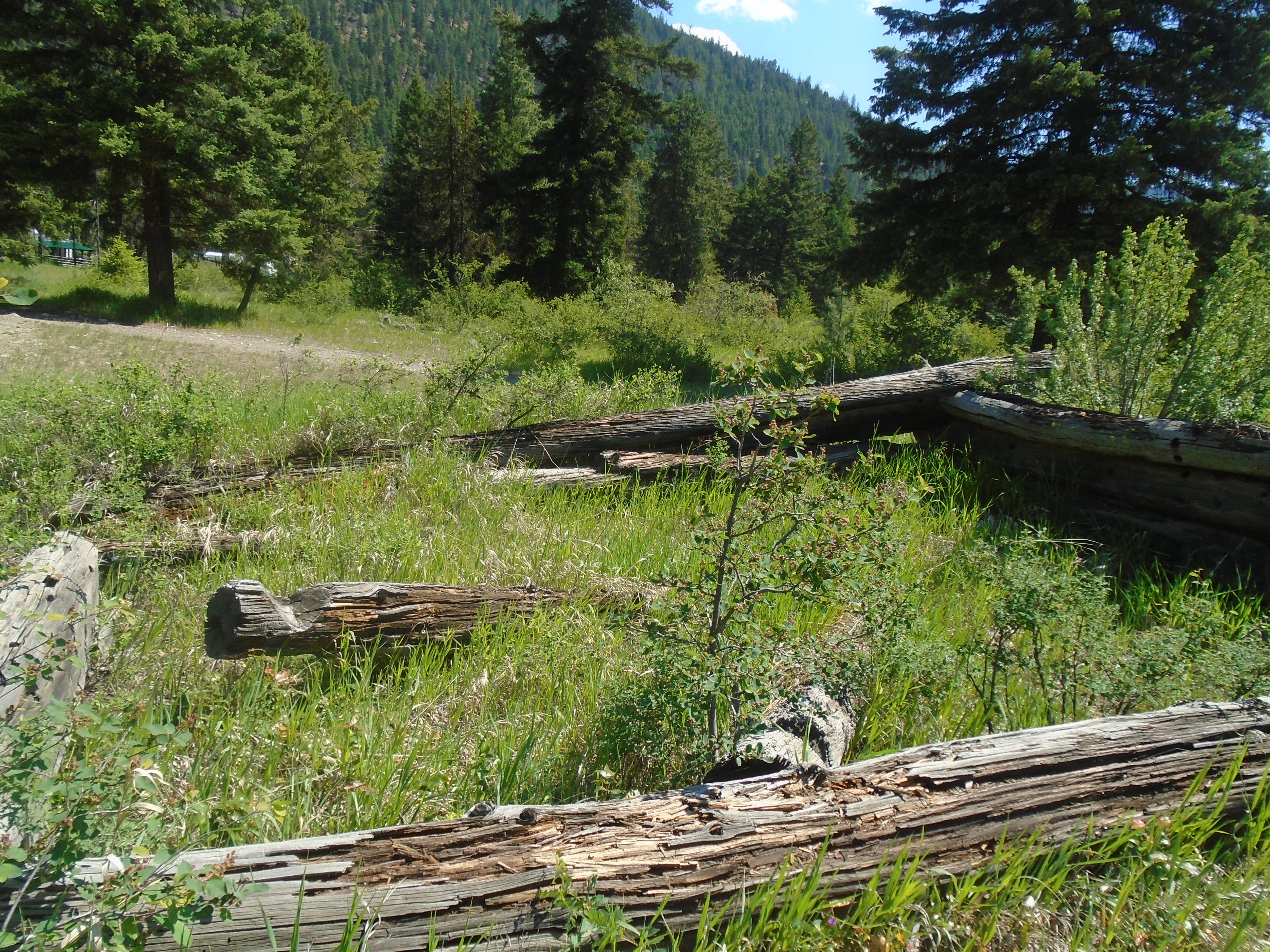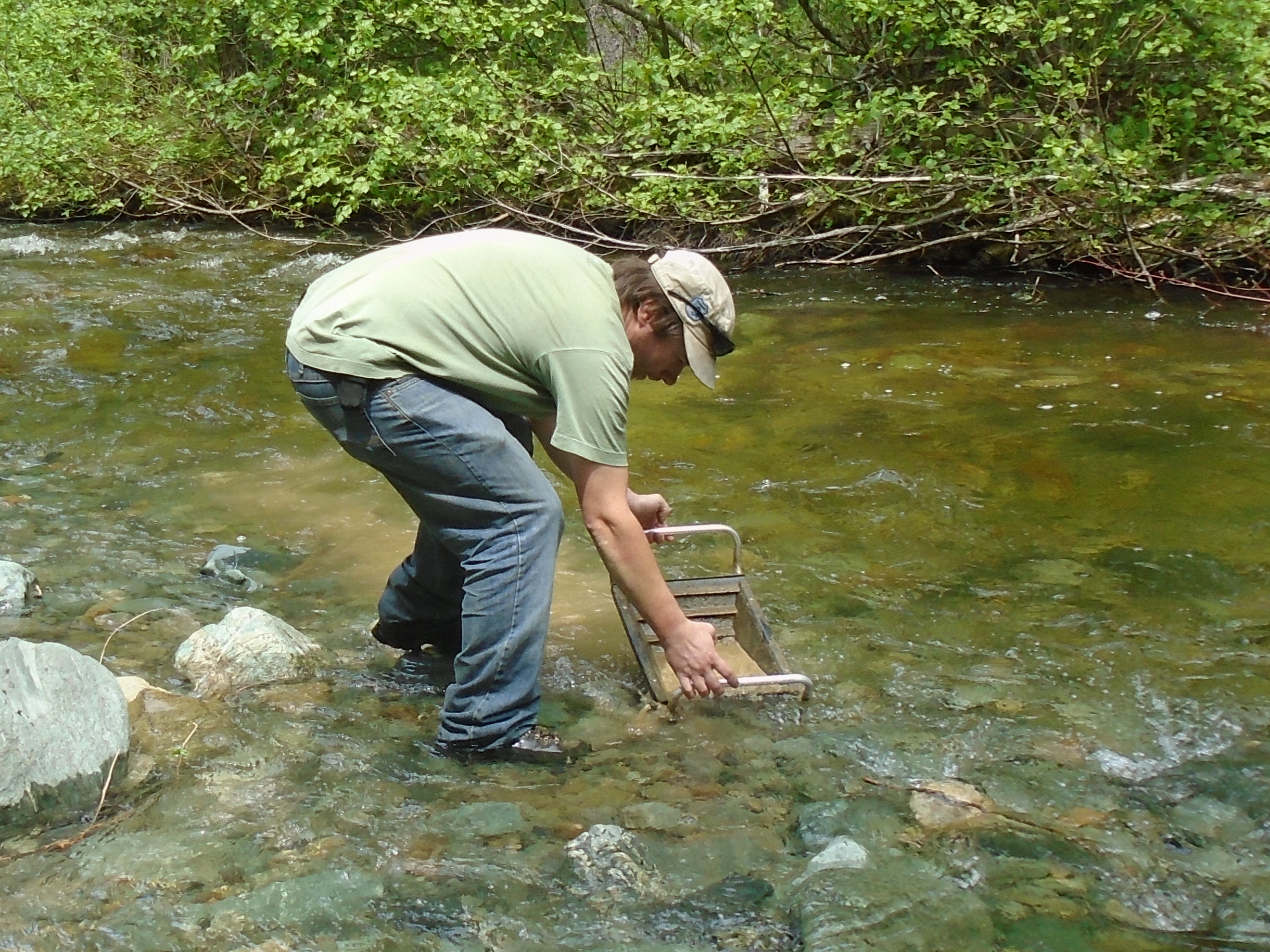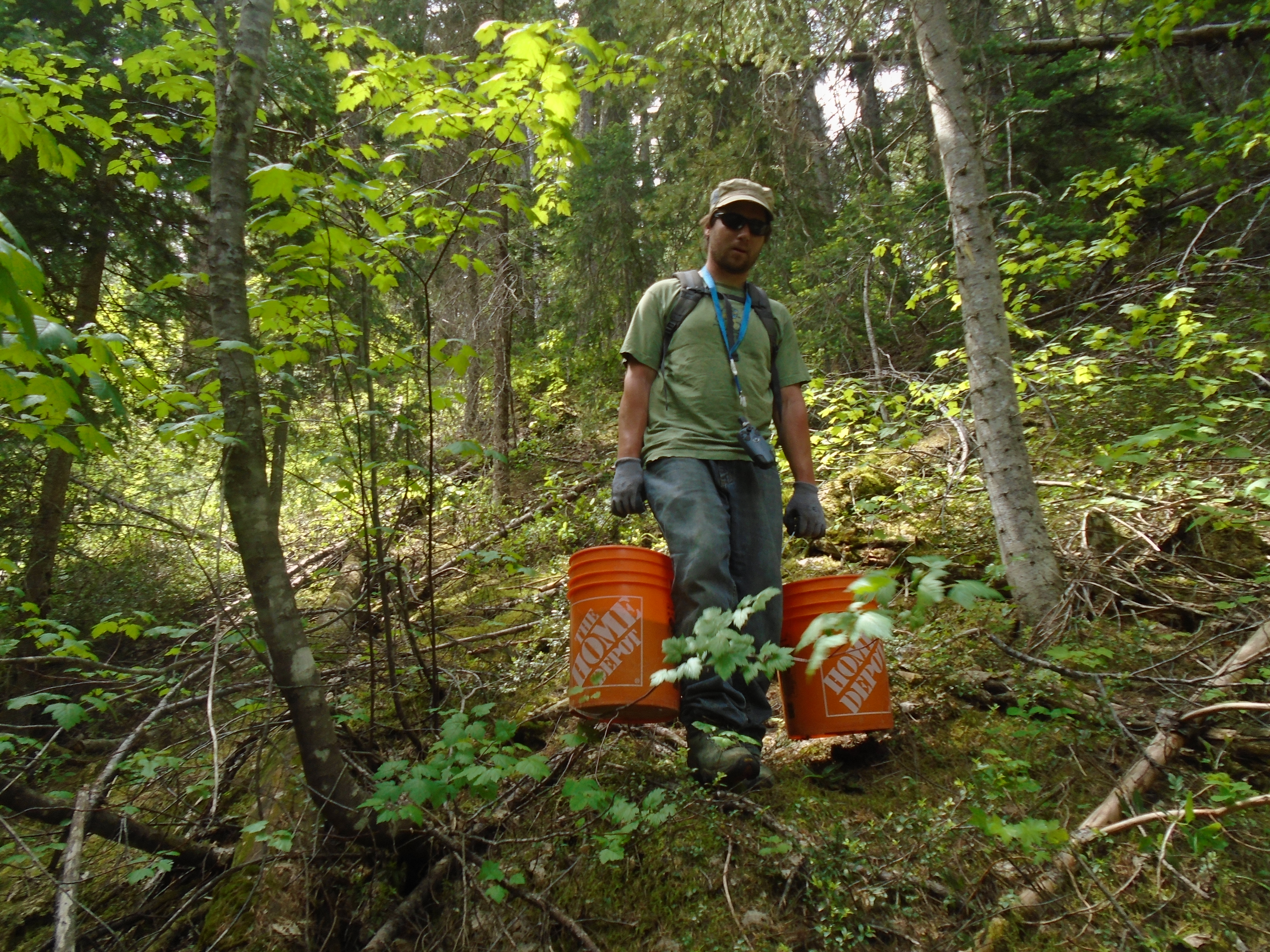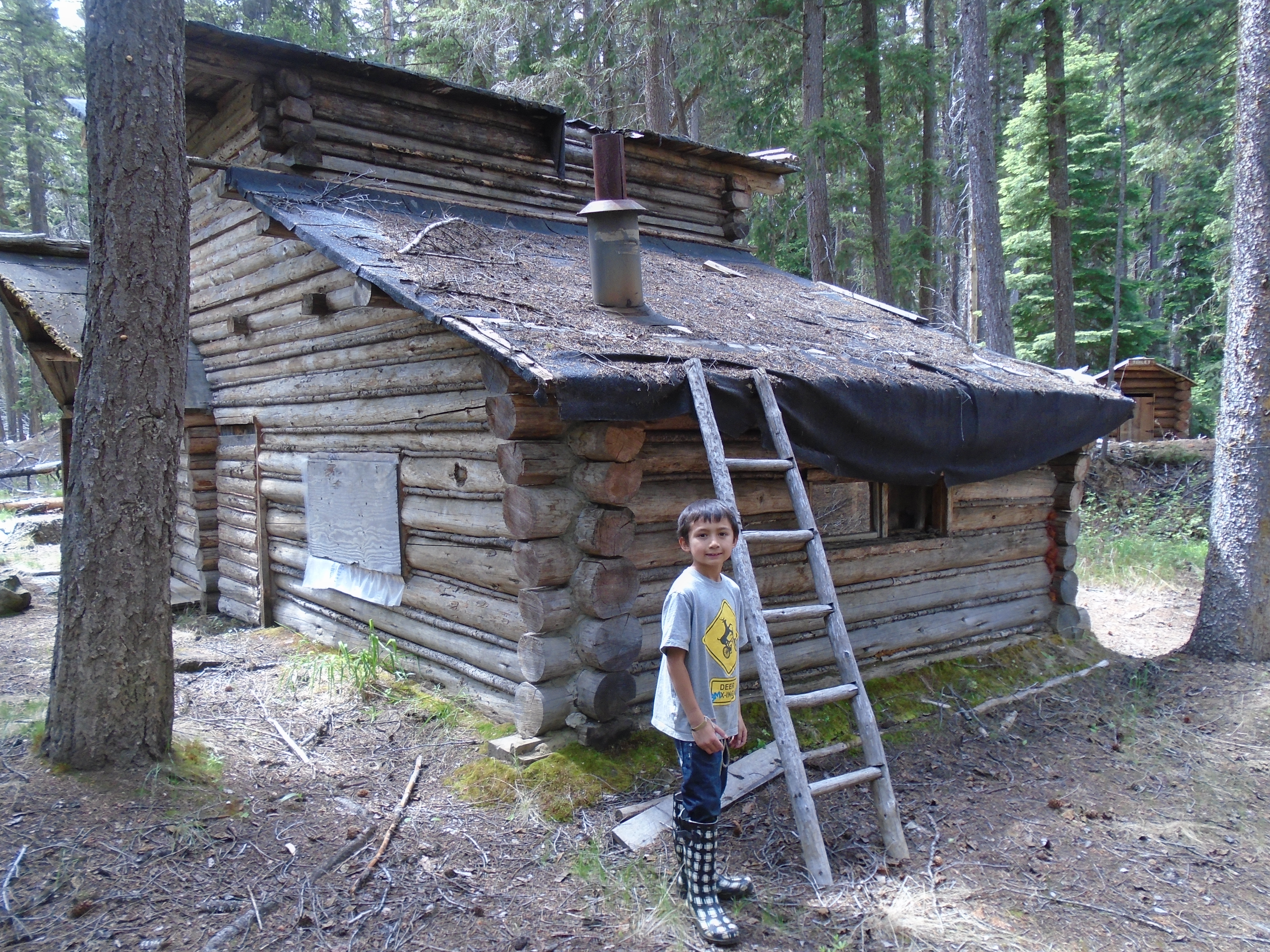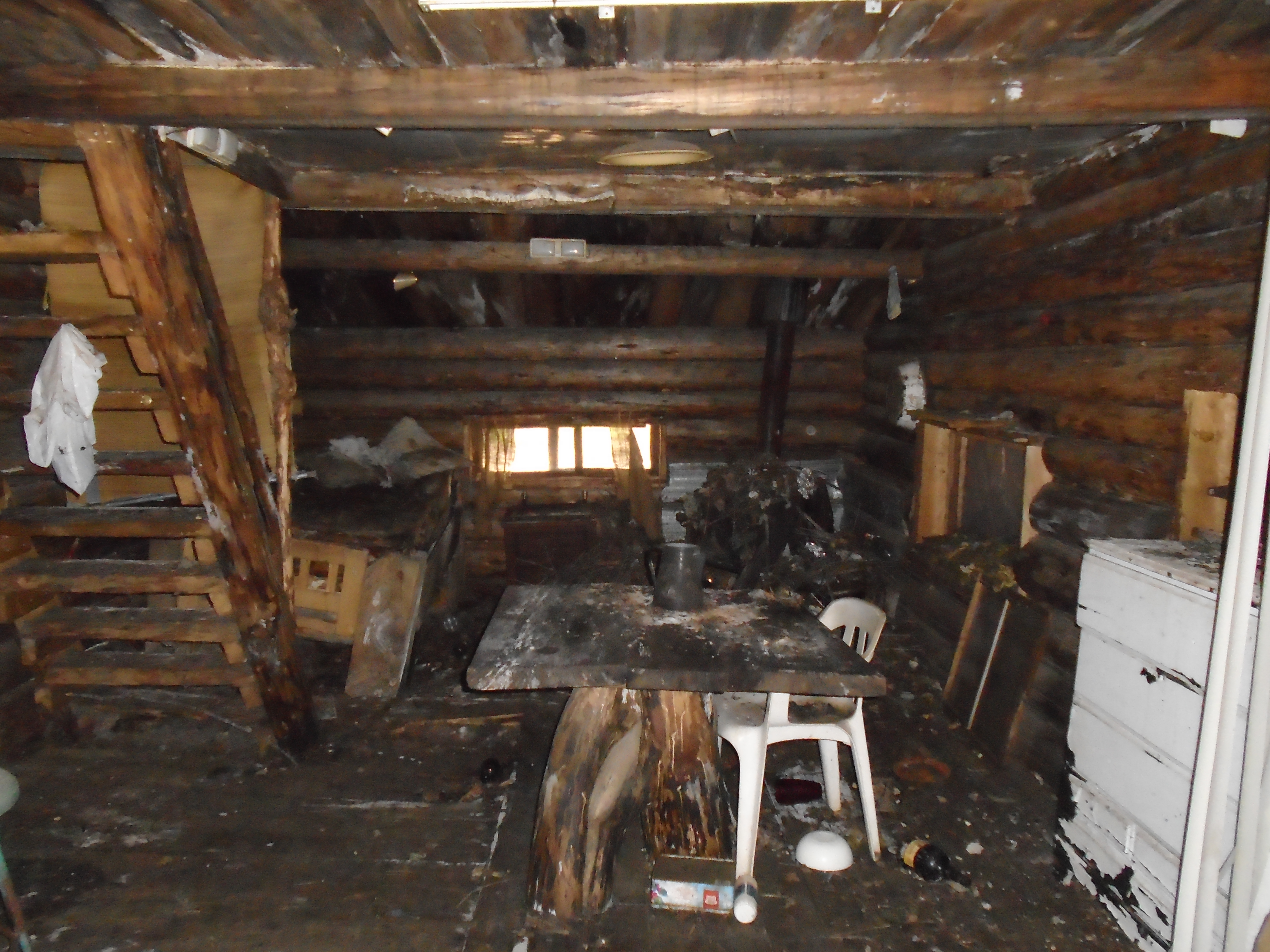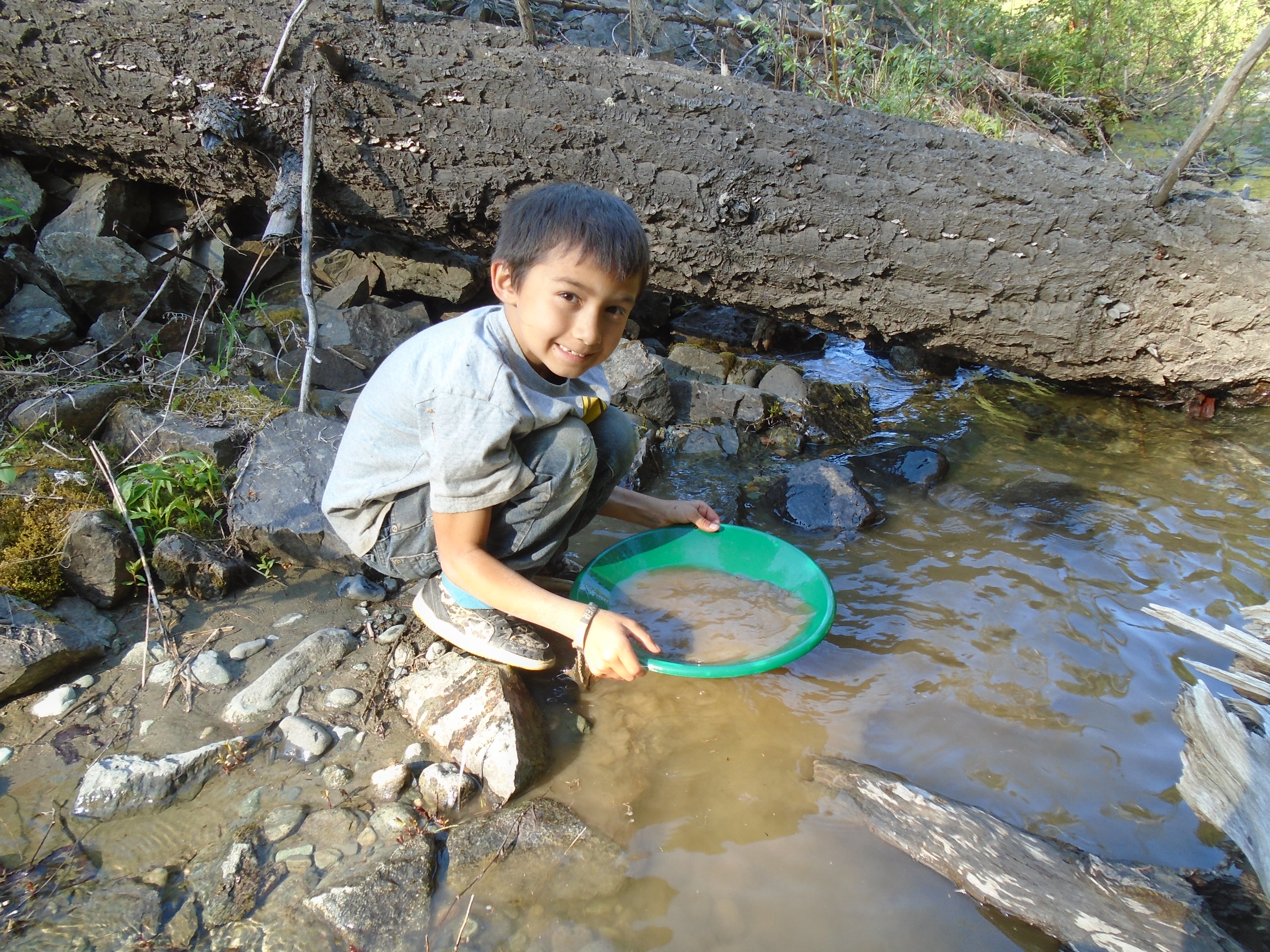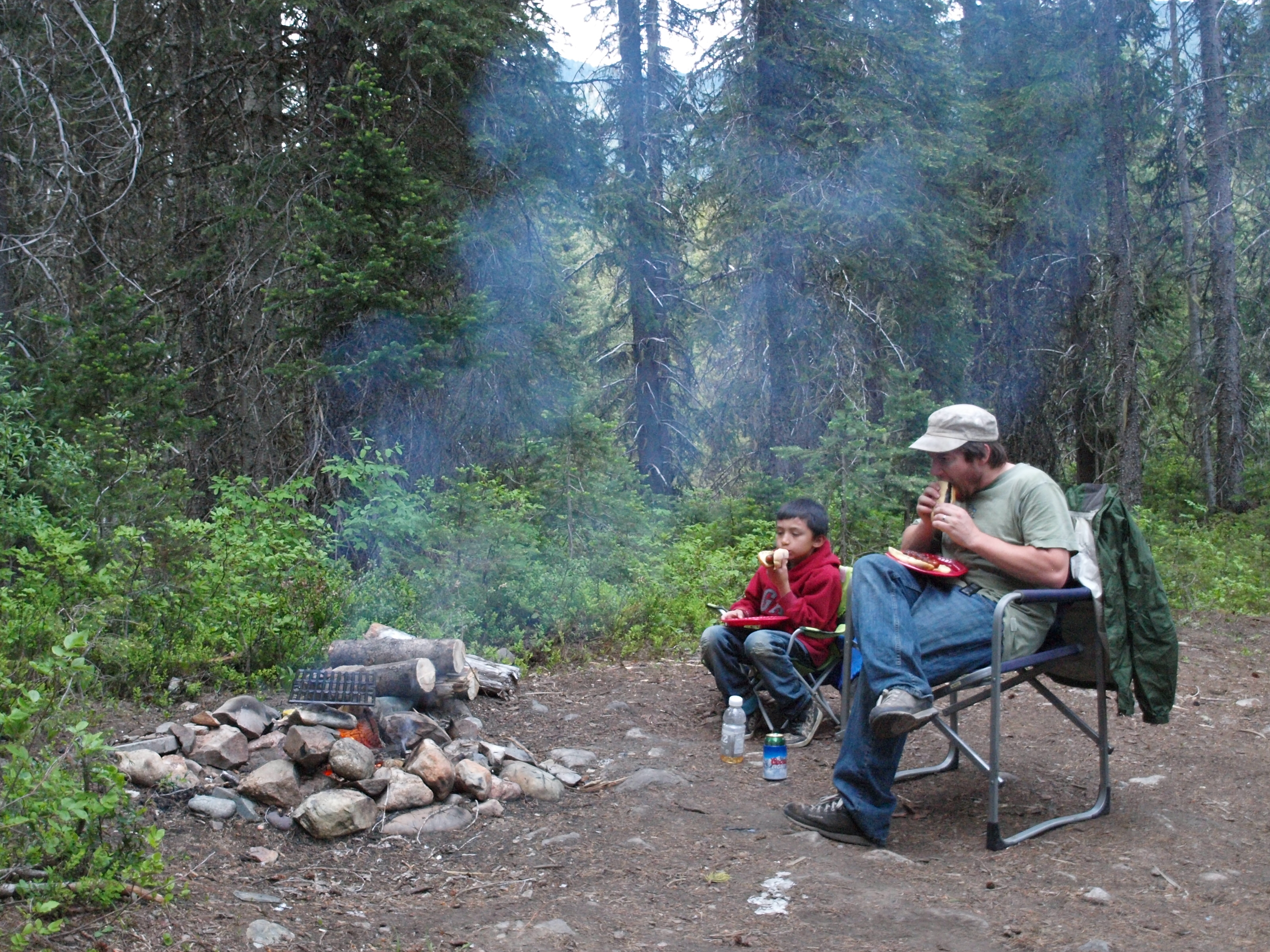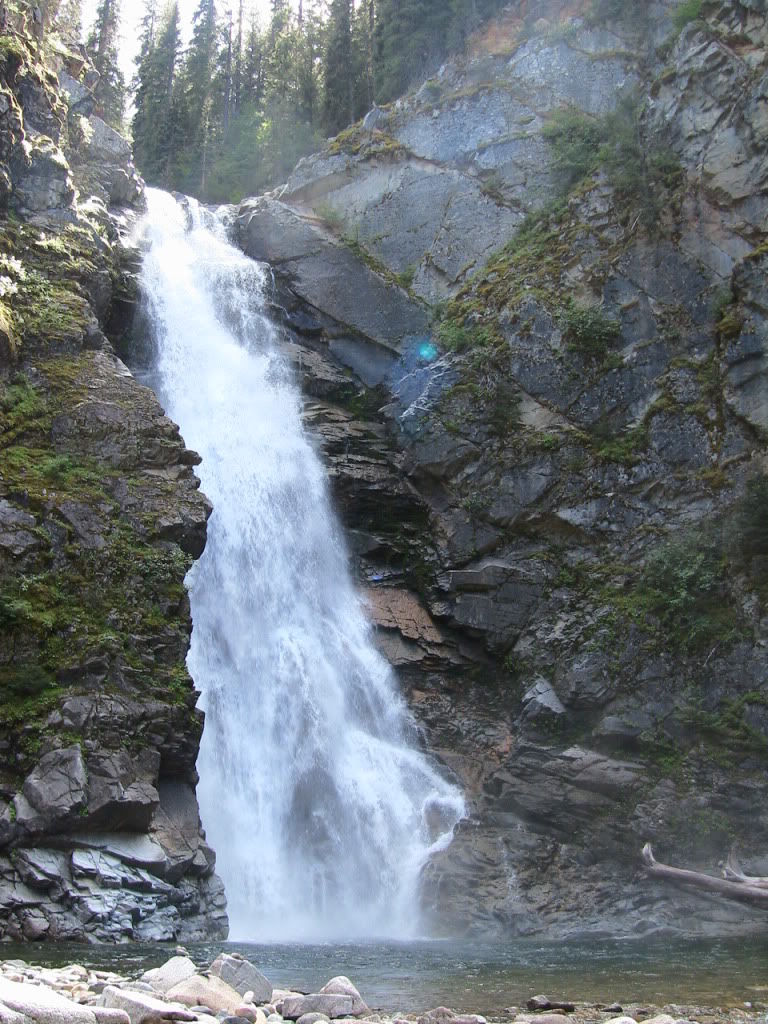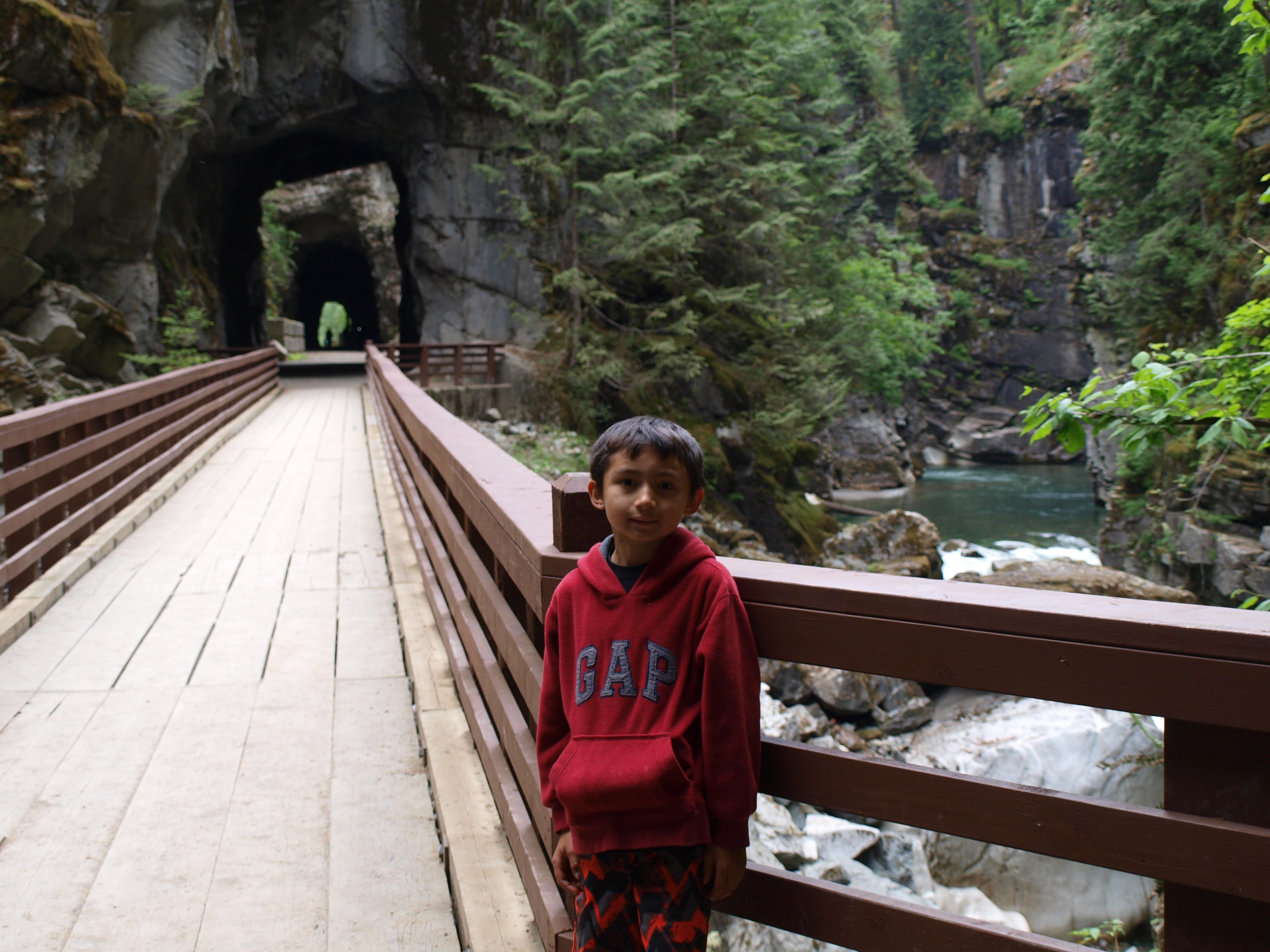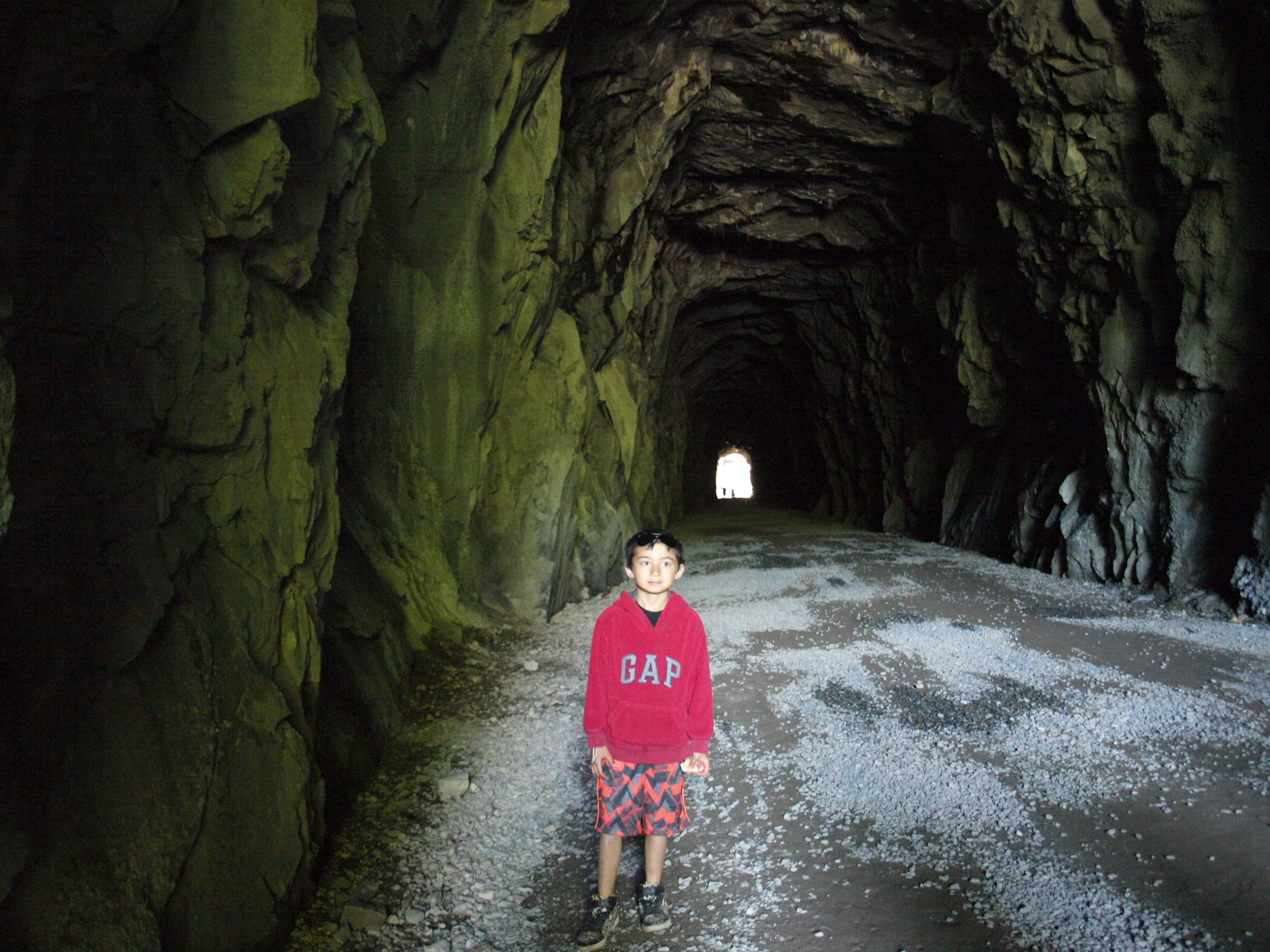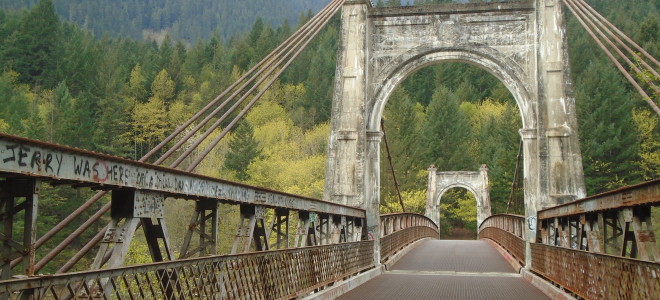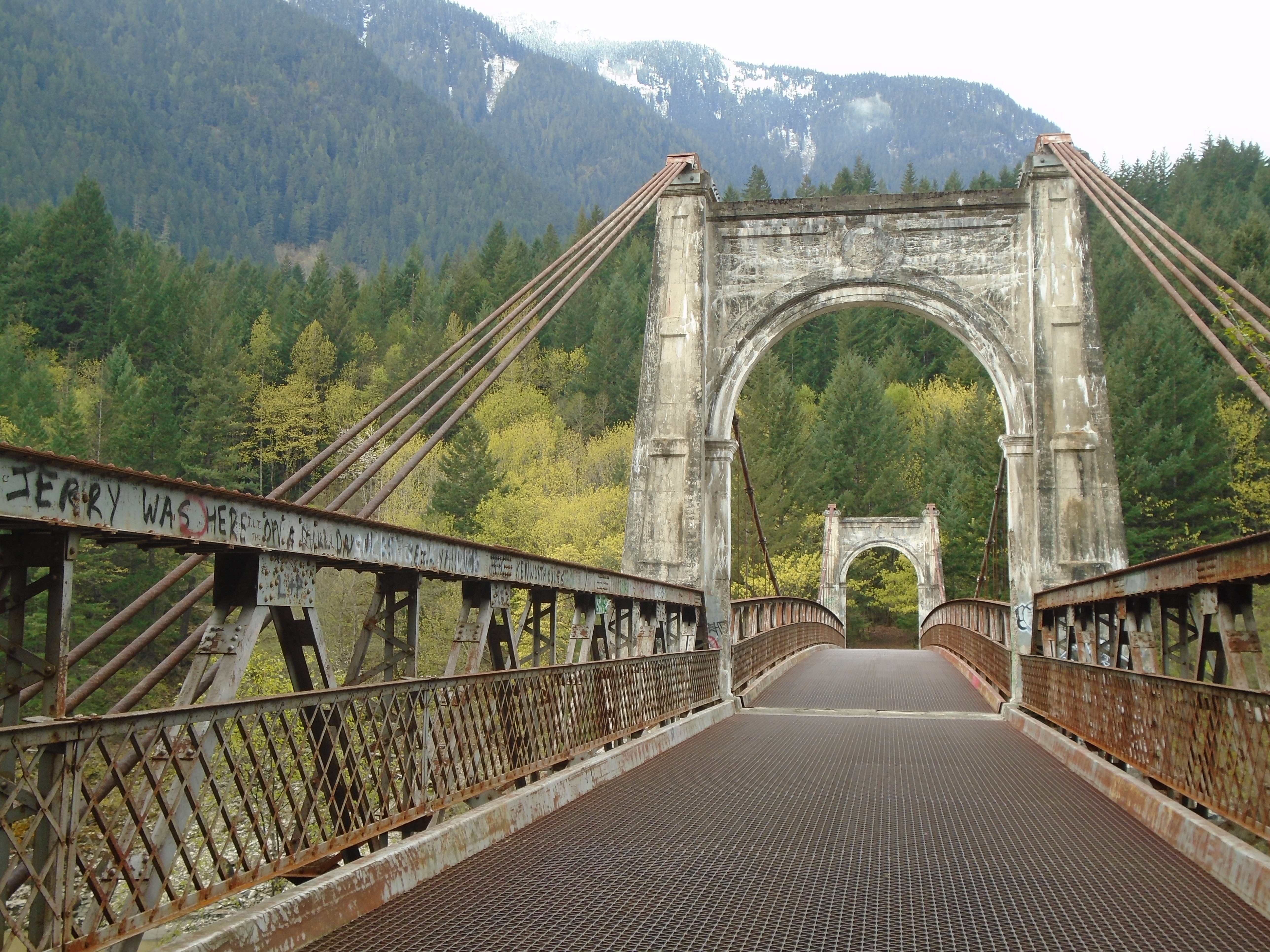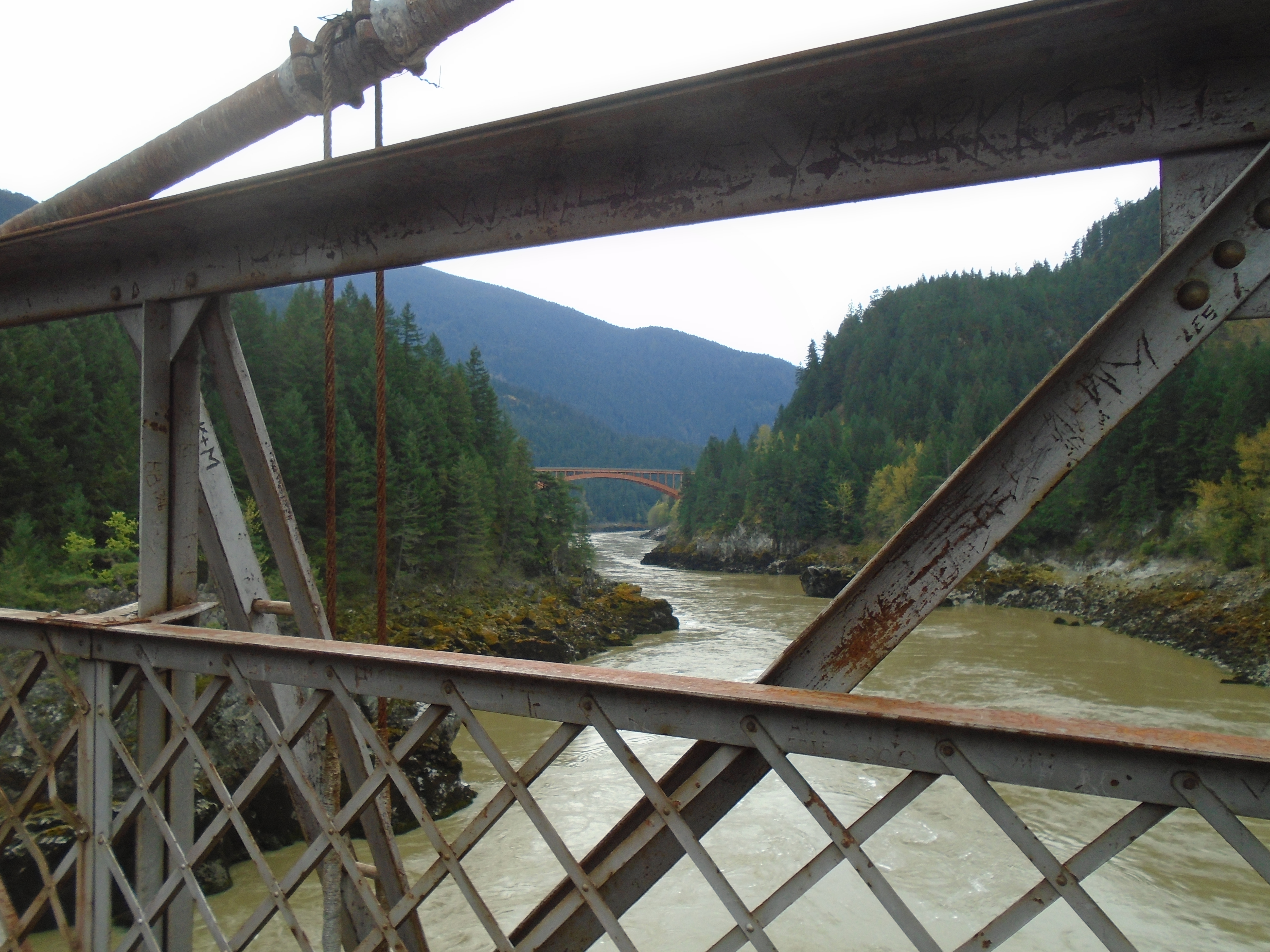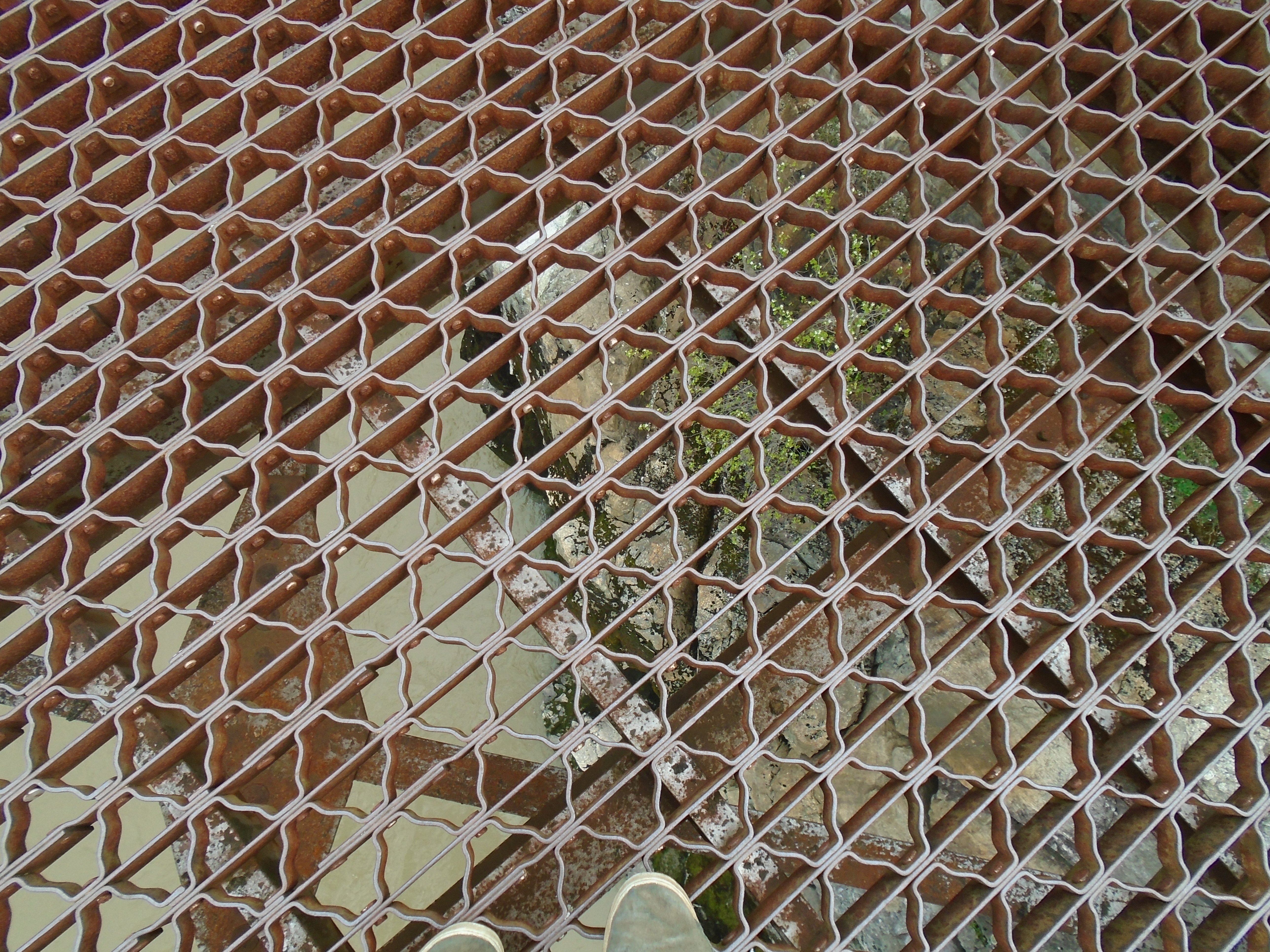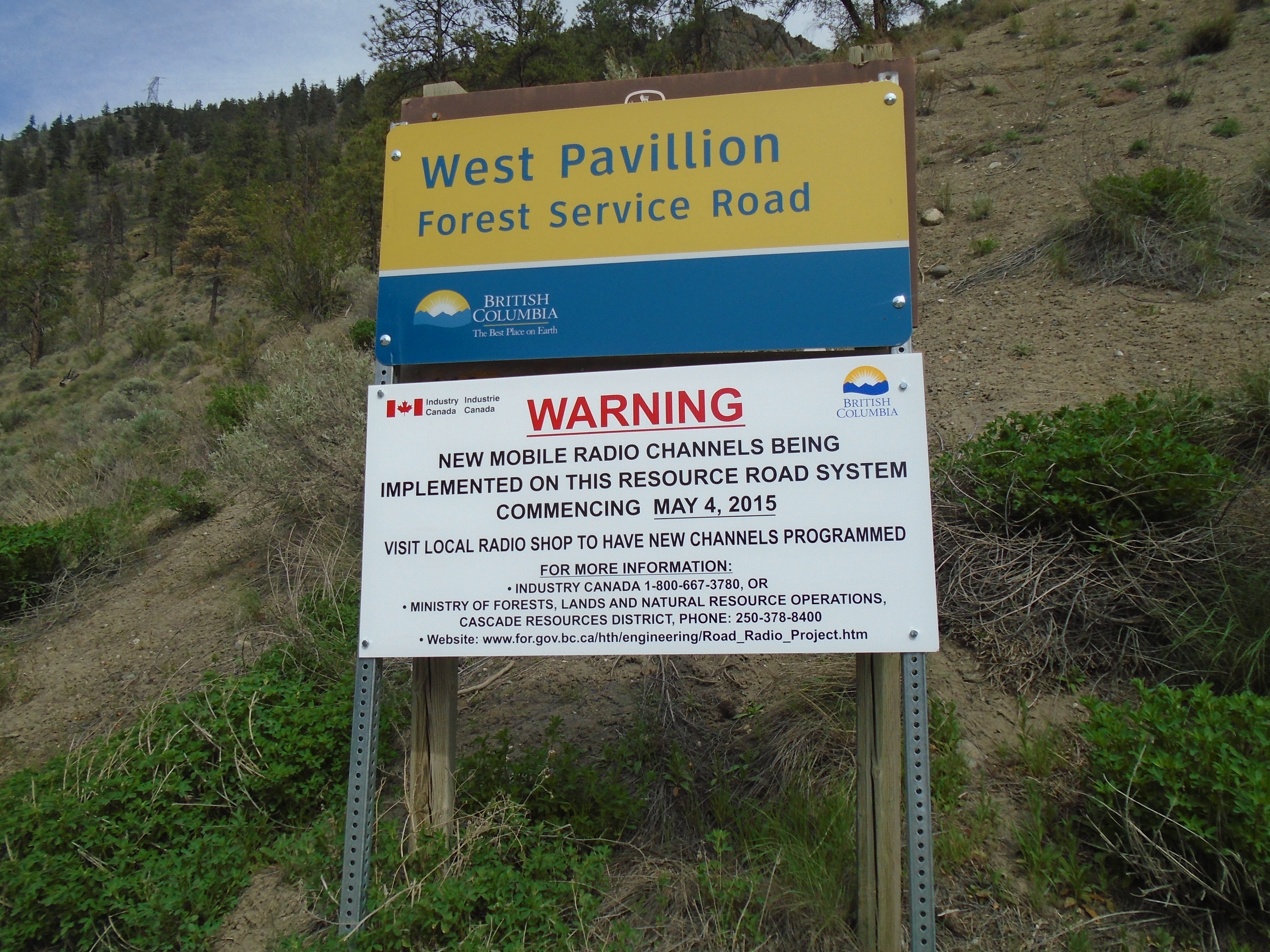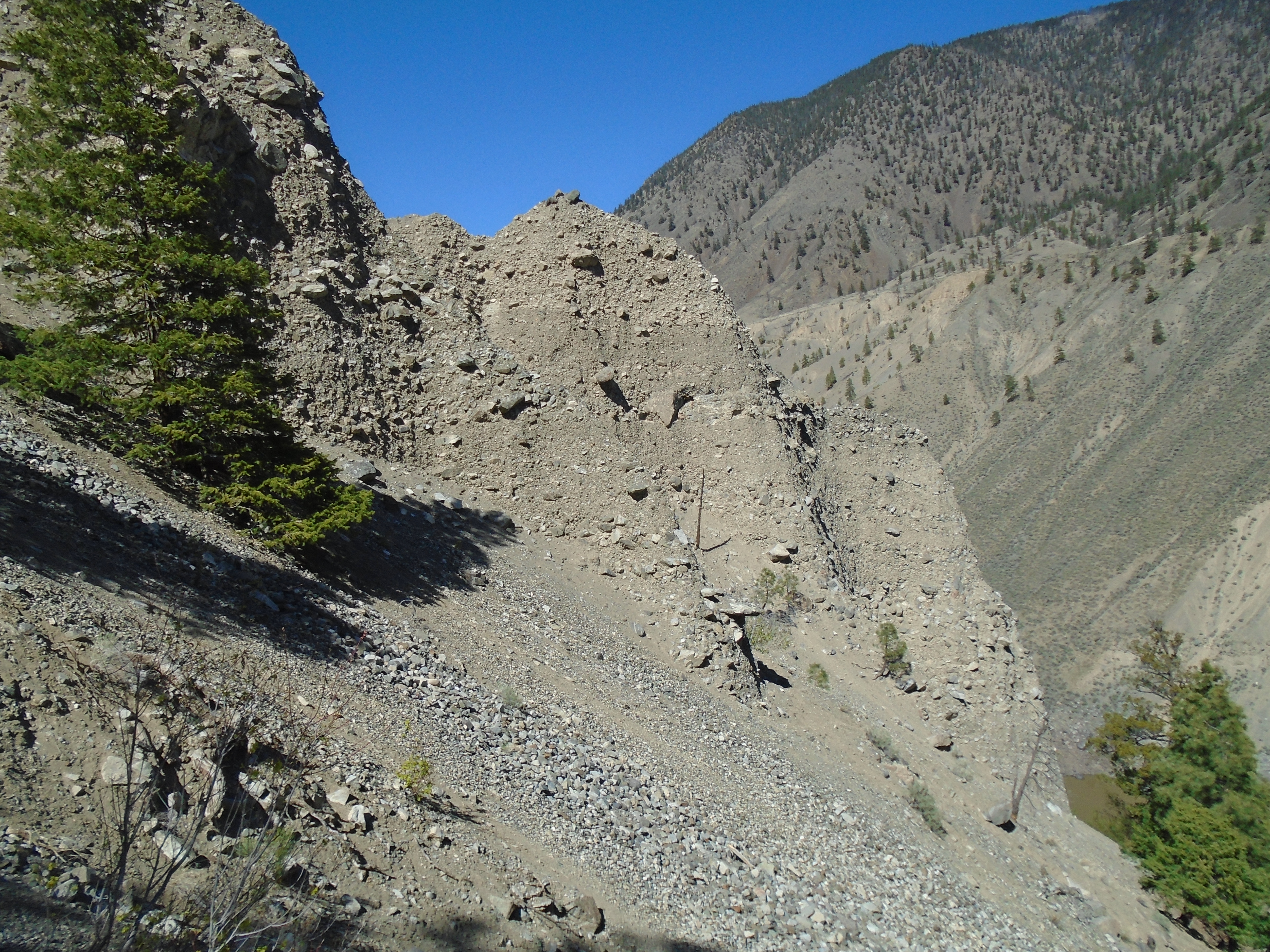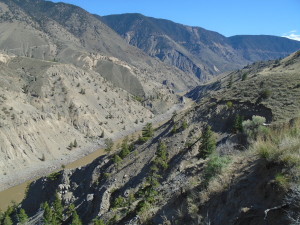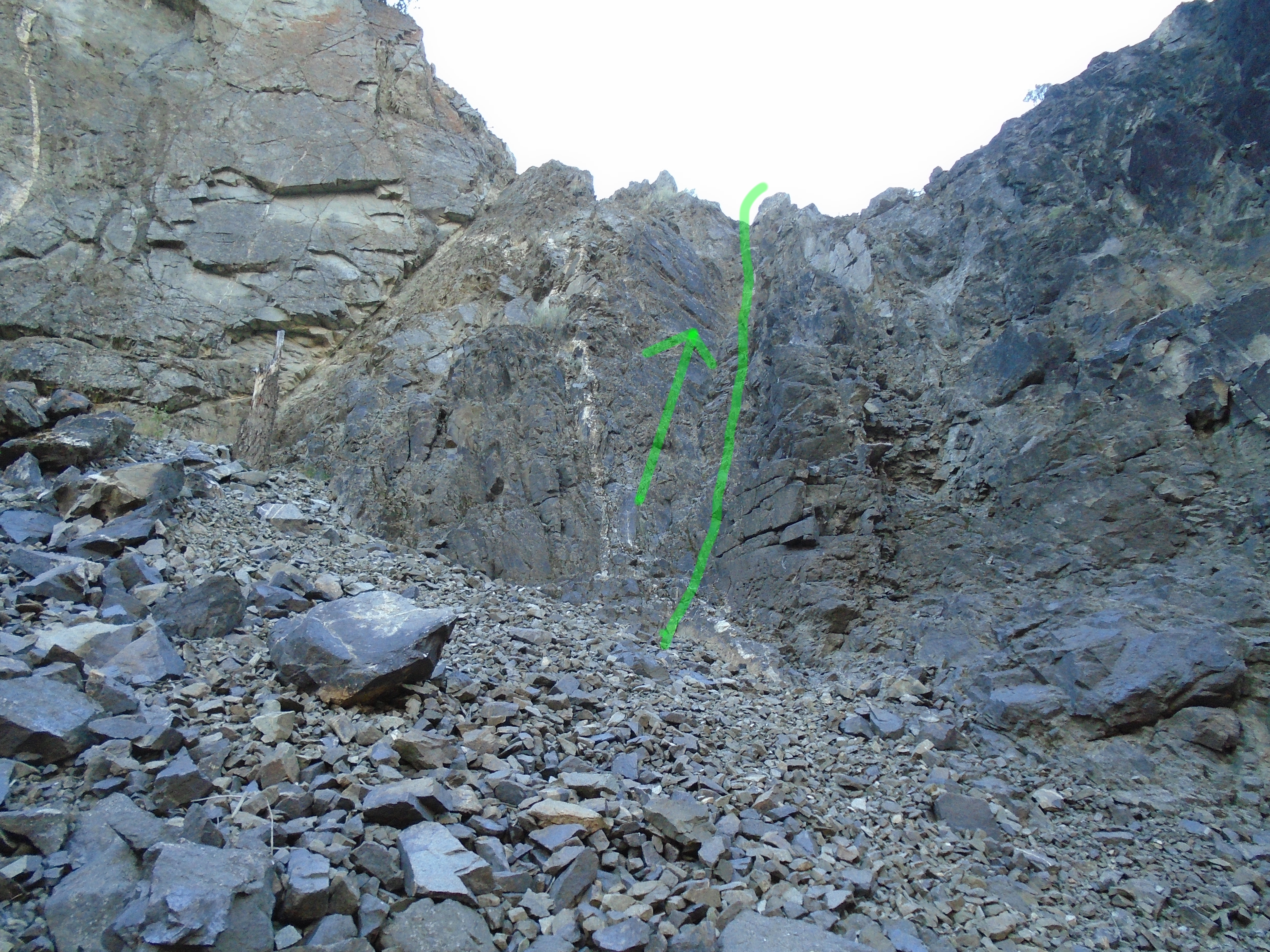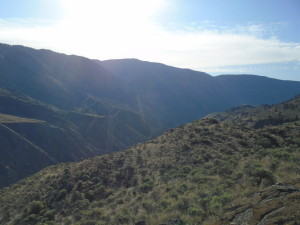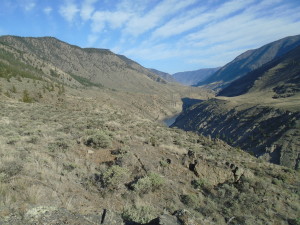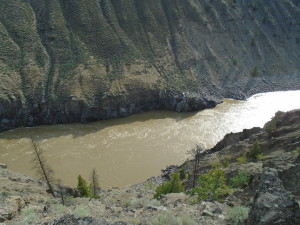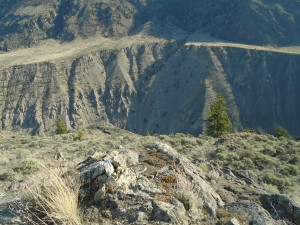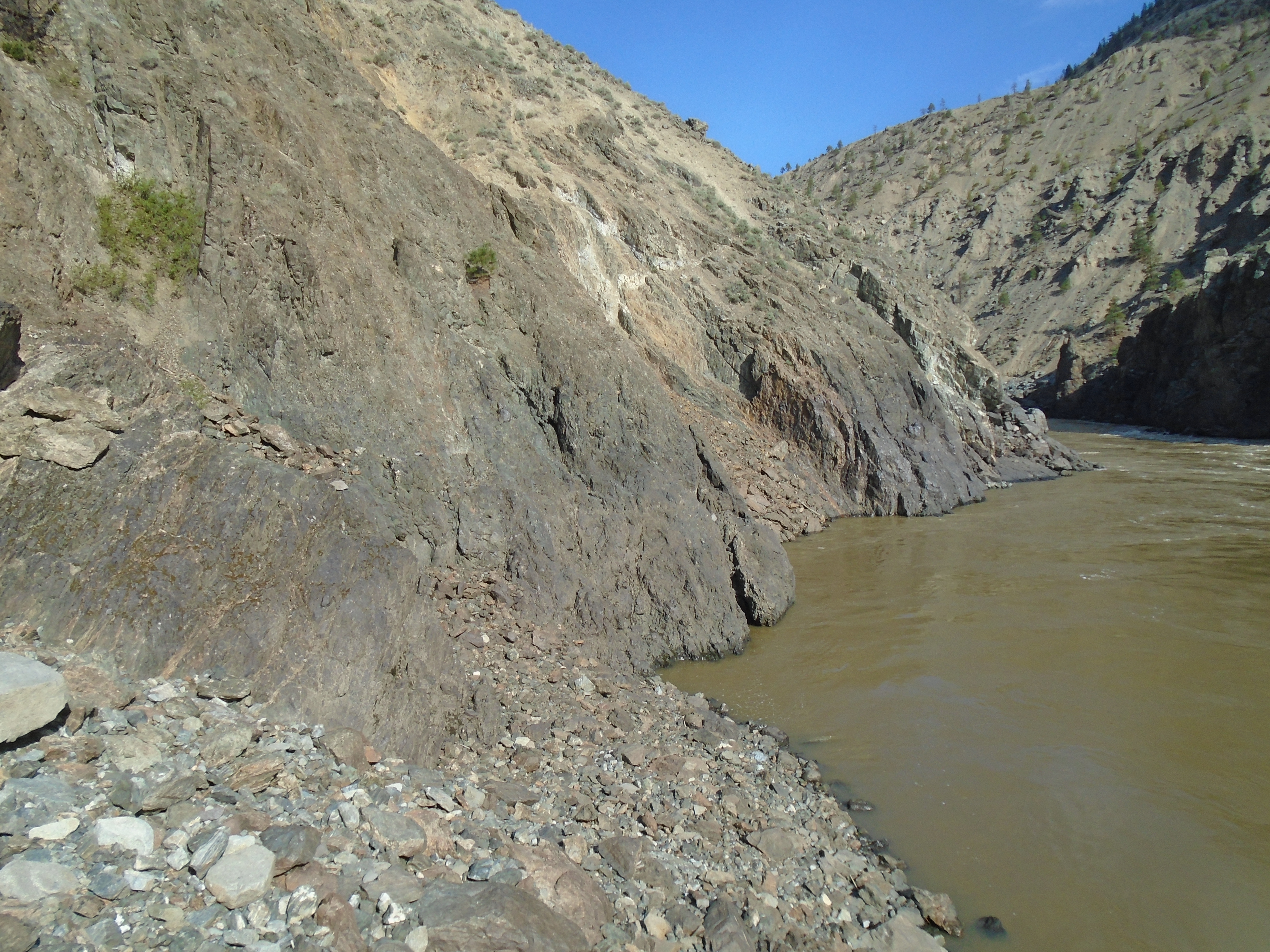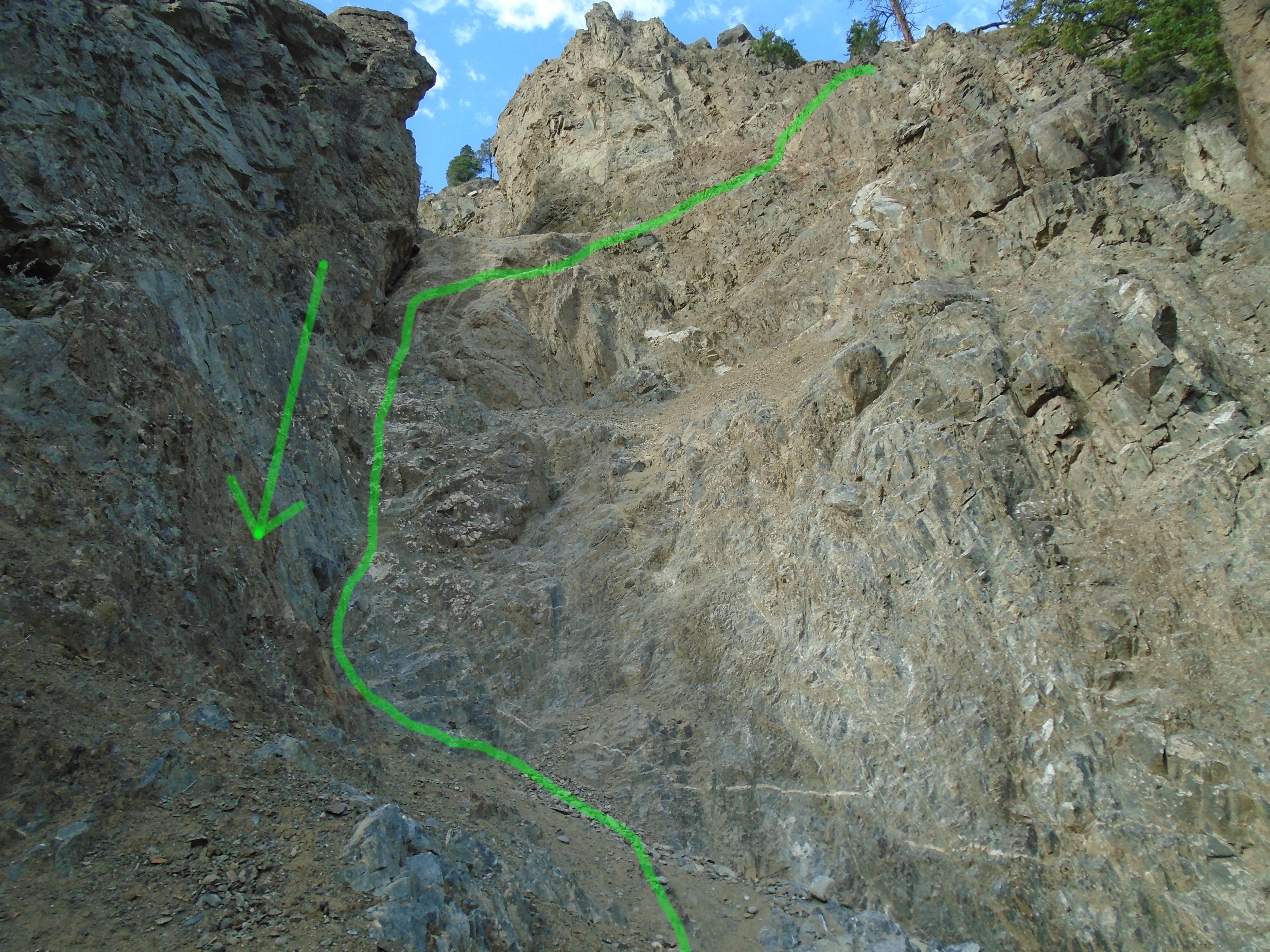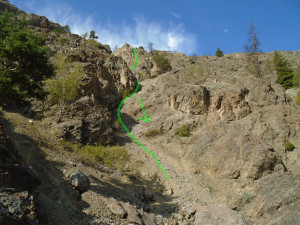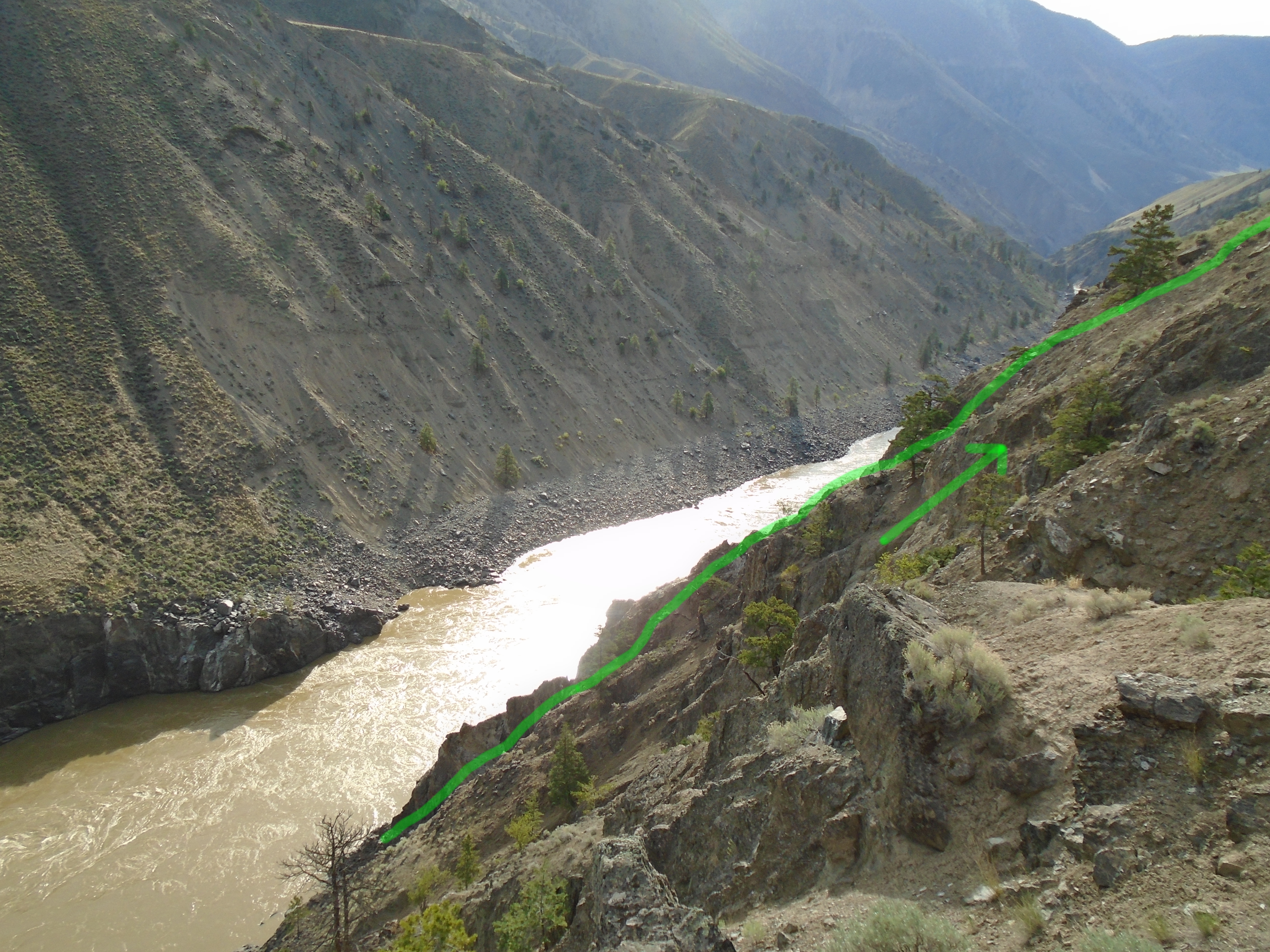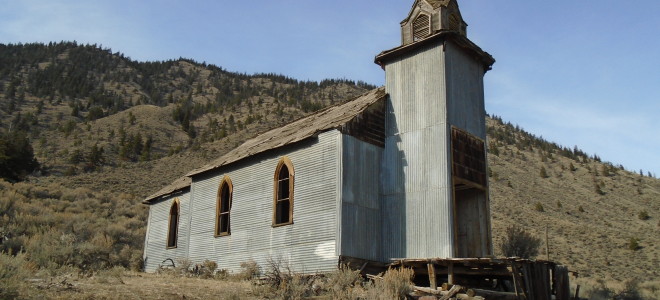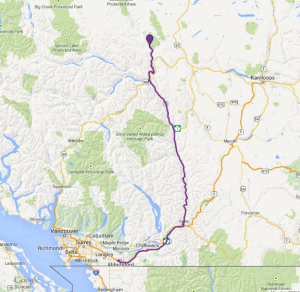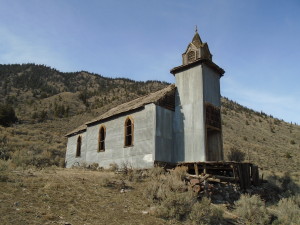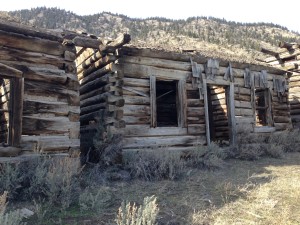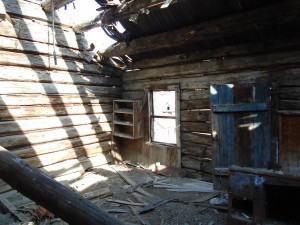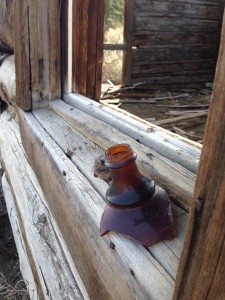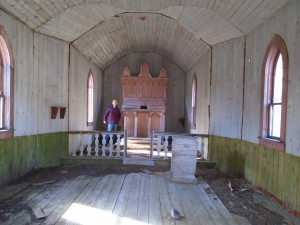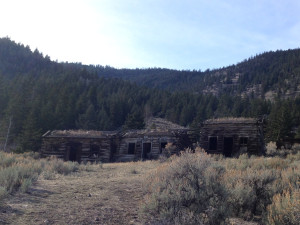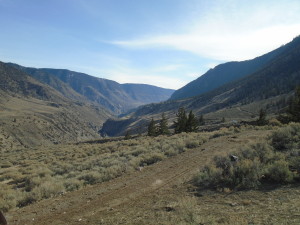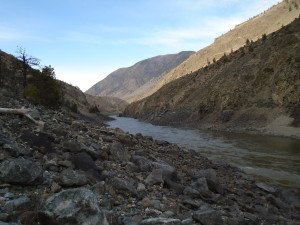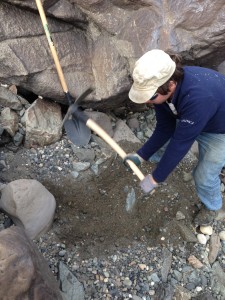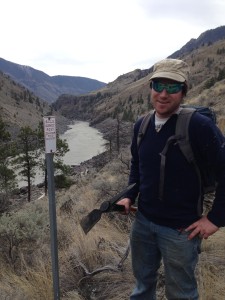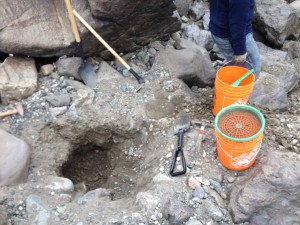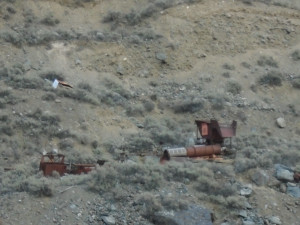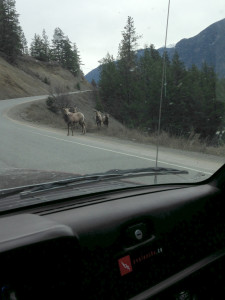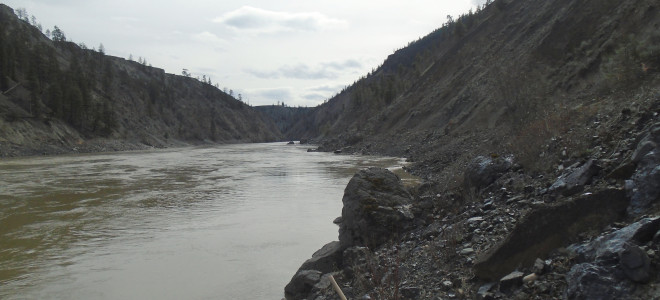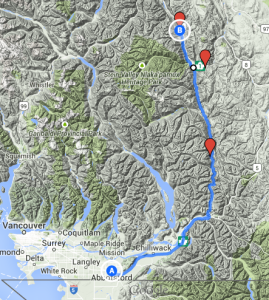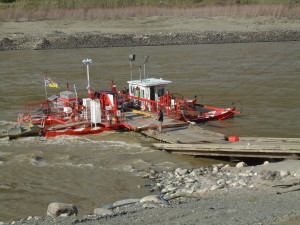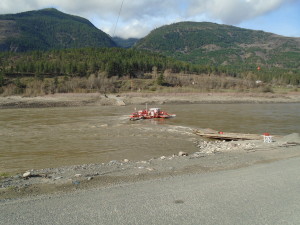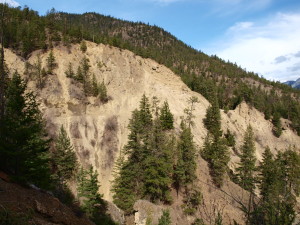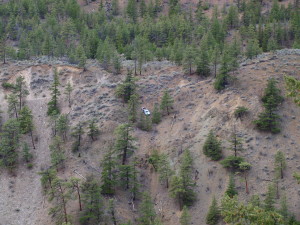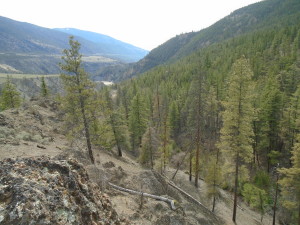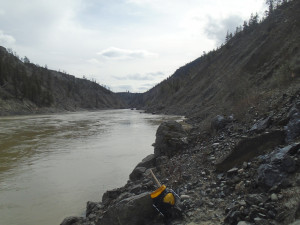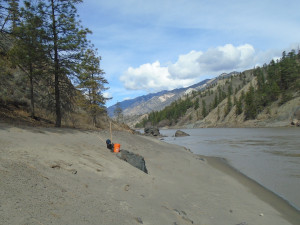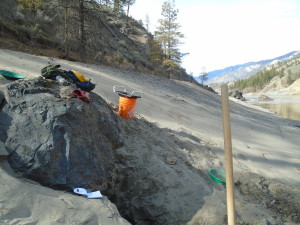Earlier this month I made a prospecting road trip to check out some of my claims in Southern BC. I was joined by my brother, Mike from Alberta and a couple friends met up with us in Salmo. We prospected three gold cliams in near Coalmont, Hedley and Salmo.
The Coalmont claim is close to the other Tulumeen claims that I checked out earlier this year on Granite Creek. This one is a few kilometers down river from the confluence of Granite Creek and the Tulumeen River. The old Kettle Valley railroad line actually passes right through the claim and the railbed gives excellent access. Its apparently a popular hiking and cycling route, I ran into a guy who walked all the way there from Princeton which is about 30 km.
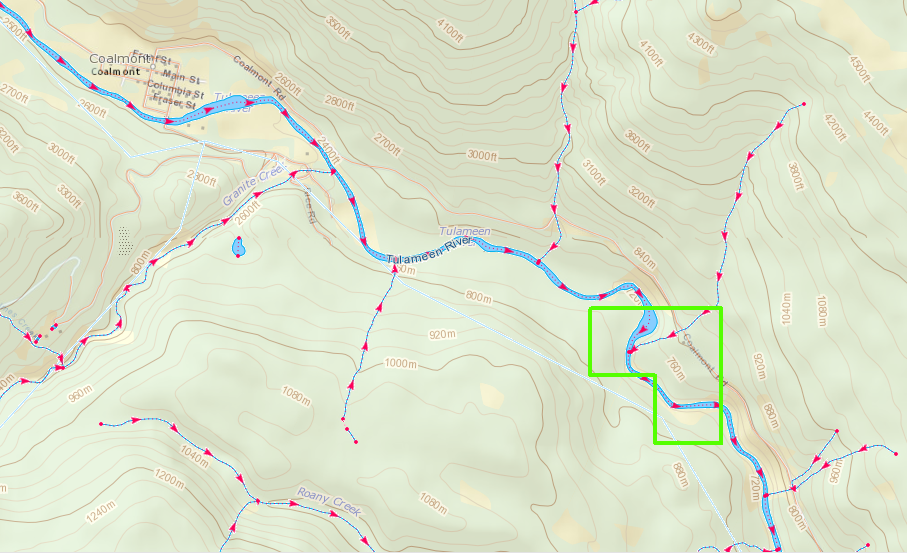
There was evidence of previous work on the claim which is to be expected in an area with a rich placer mining history. There were some old dredge hoses, plastic pails, and machine dug pits. There were also signs indicating active mining. We sampled the banks of the Tulumeen river taking advantage of the extremely dry summer that BC has had this year. The river is so low that you could easily walk across it.
We test panned along the beach and took some volumetric samples with my pyramid pan. We saw some decent gold in the test pans, especially in one spot where we hit shallow bedrock. The drought also resulted in a province wide fire ban which makes for an unusual vibe when you are camping. Without a fire you are just sitting there in the dark, thank goodness for beer!
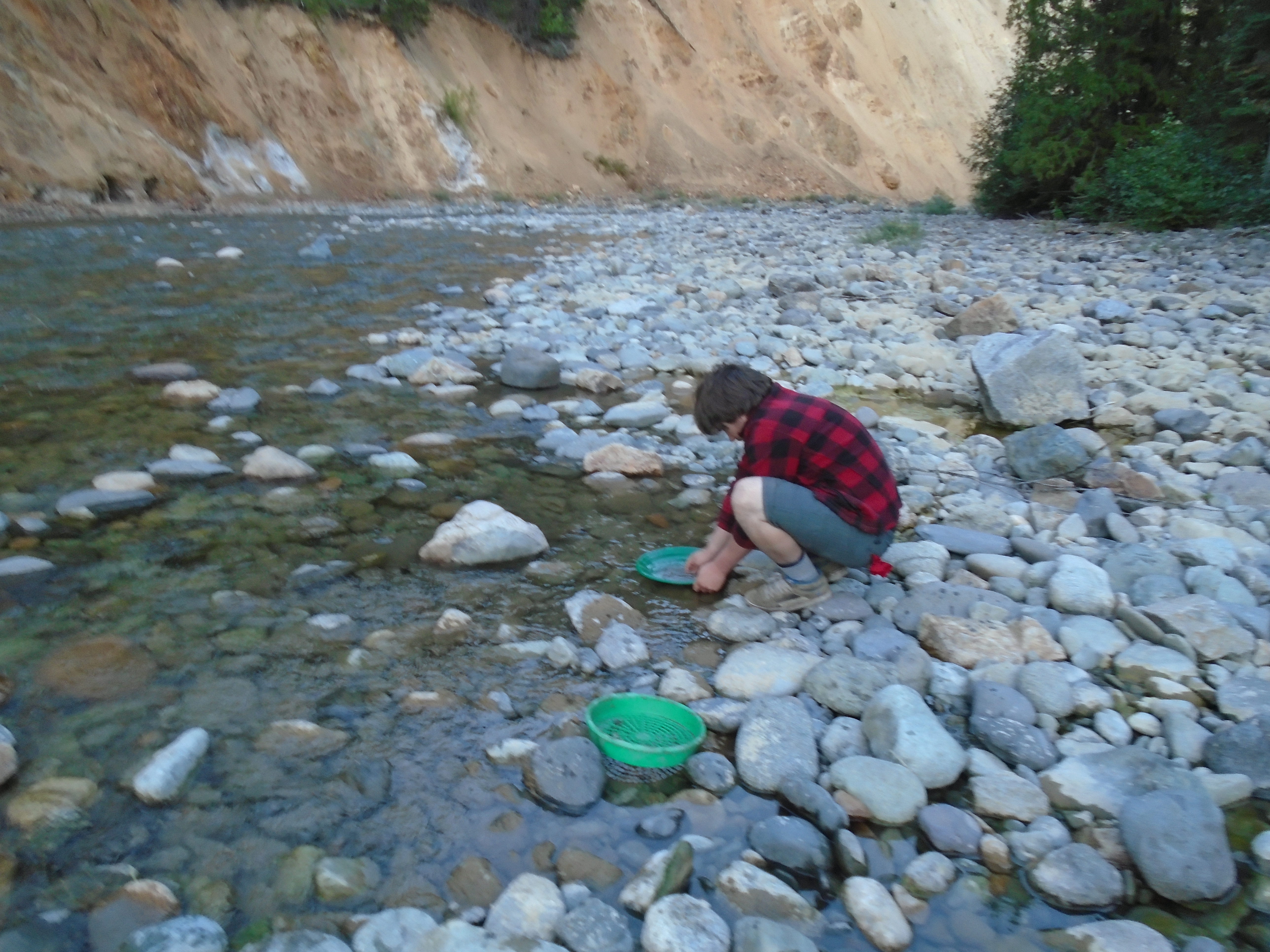
The next stop was at a claim near Hedley, BC. Hedley has a long history of gold mining. The historic Nickel Plate and Mascot mines produced from the 1880’s till about 1950. Several smaller mines are in operation today. My claim is on the Similkameen river but is also covered by private land. In BC a claim gives you the rights to the minerals but you don’t own the land. Fortunately the land owner was there when we showed up and was pretty cool.
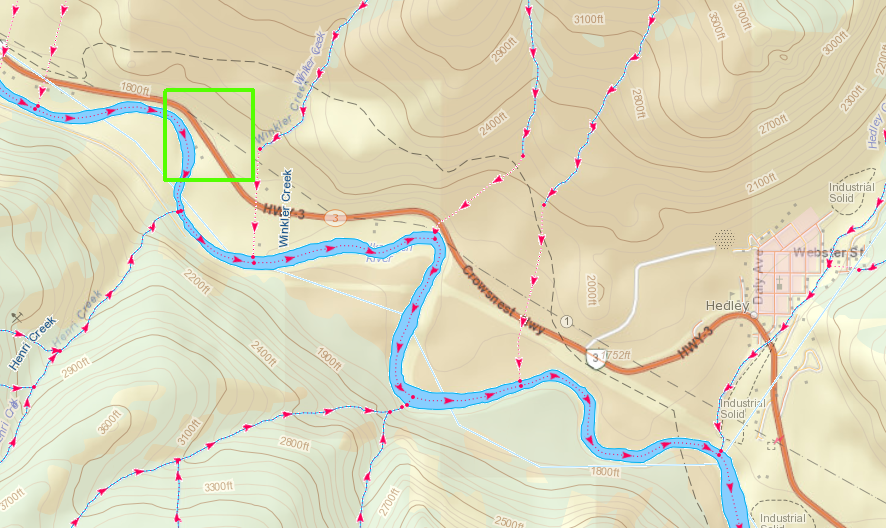
The Similkameen like the Tulumeen is super low this year. This provided good access to the beach and areas that would usually be under water. We panned and sampled some promising locations. We saw some small gold in the pans and took some concentrated samples home to process later.
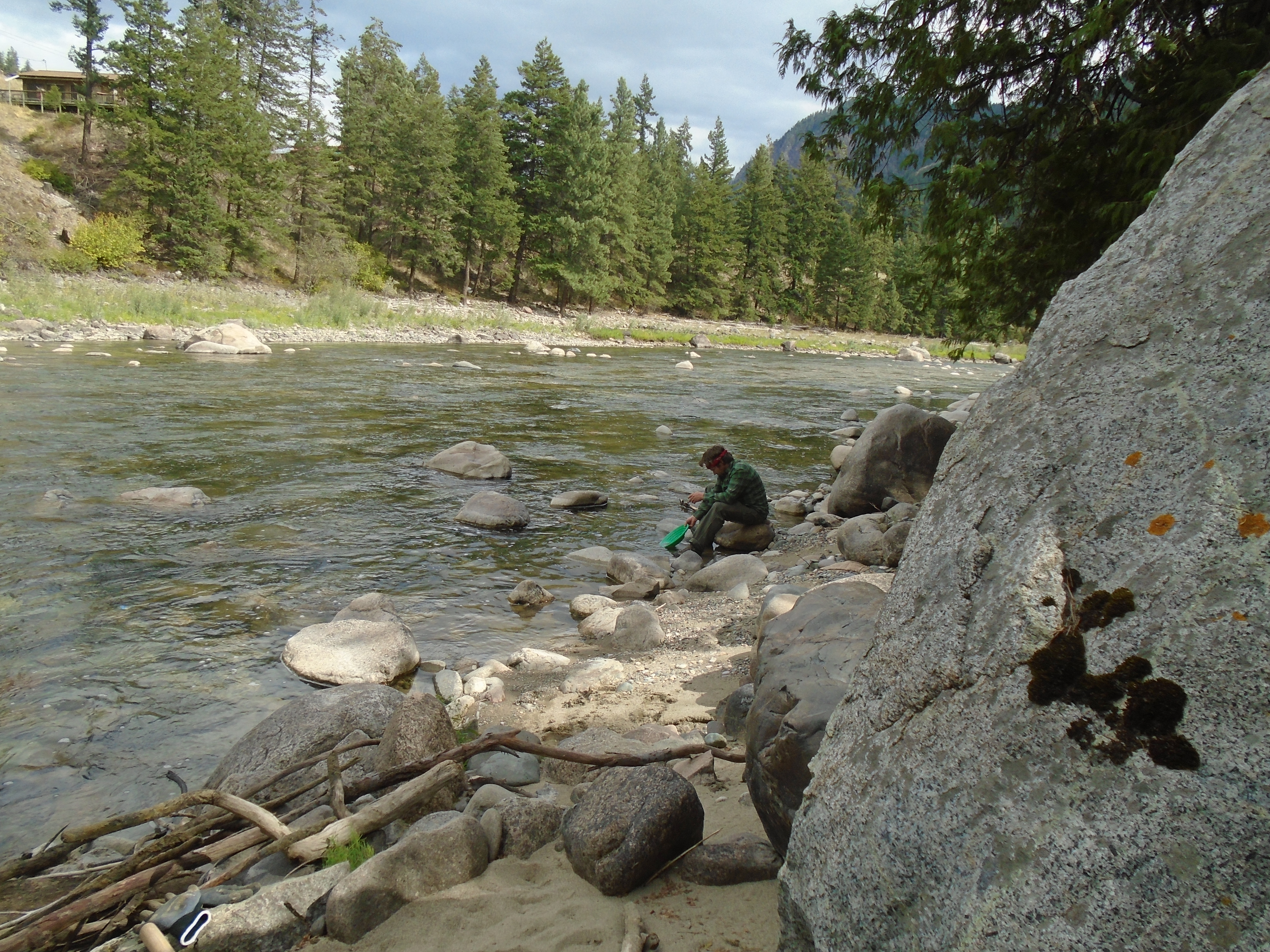
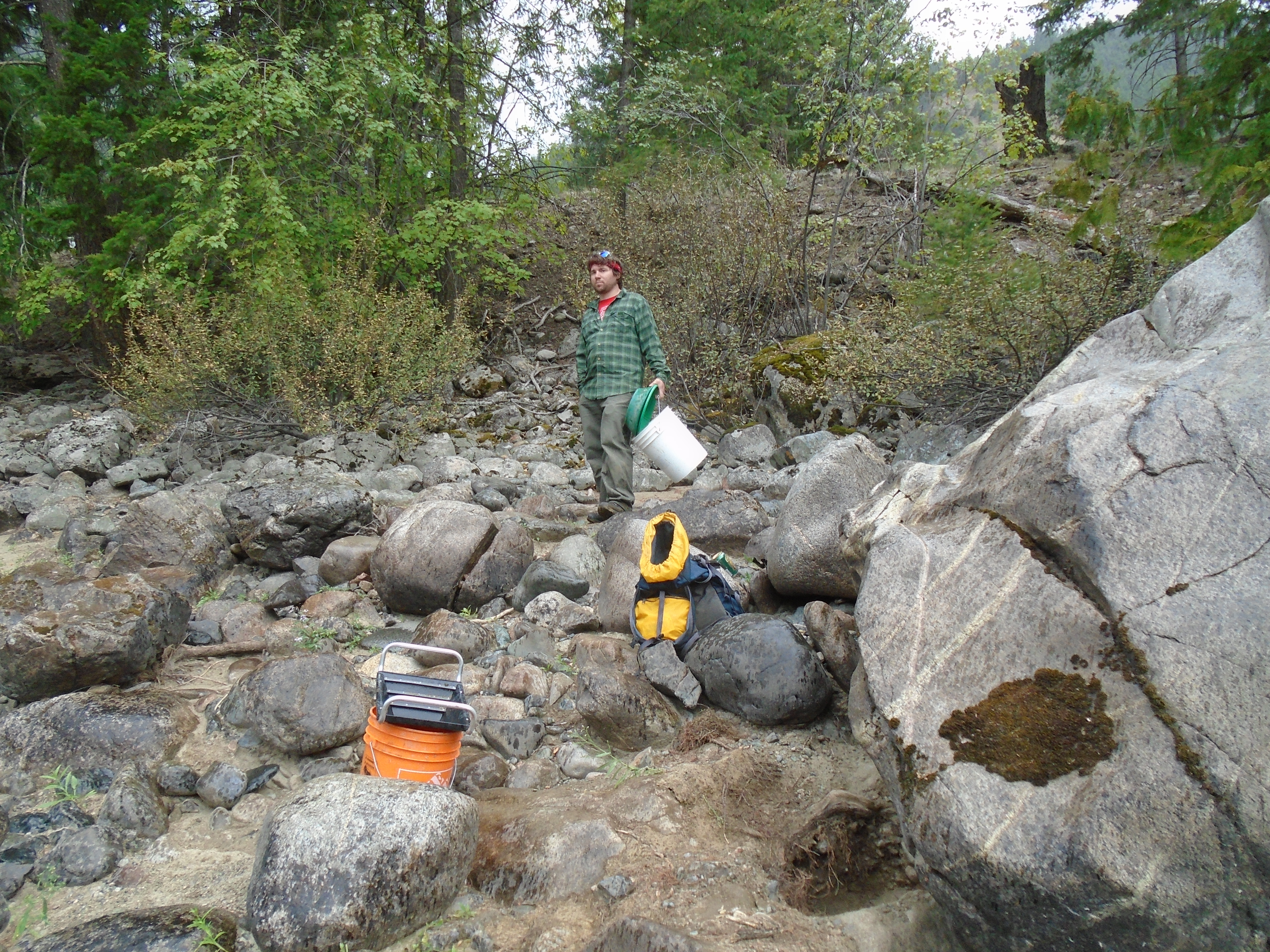
We went to Salmo next. This claim is very close to the site of the Shambhala music festival. There was no shortage of hitchhikers wearing animal print clothing and other bizarre outfits. Near the claim there were several hippies with signs up asking for tickets. I actually picked up a hitchhiker on the way there since I had an empty seat.
Some friends met me up there to help search for gold and work on their prospecting technique. This claim is known to have gemstones of the beryl variety. Emeralds are the green form of Beryl, caused by a chromium impurity. Aquamarine is the light blue/green form. Sadly we didn’t see any emeralds in our pans and we only saw trace amounts of gold. We took some larger samples which I haven’t processed yet so hopefully there are some gemstones there, and gold. I’ll head back there as soon as I get a chance the allure of beryl is just too strong.
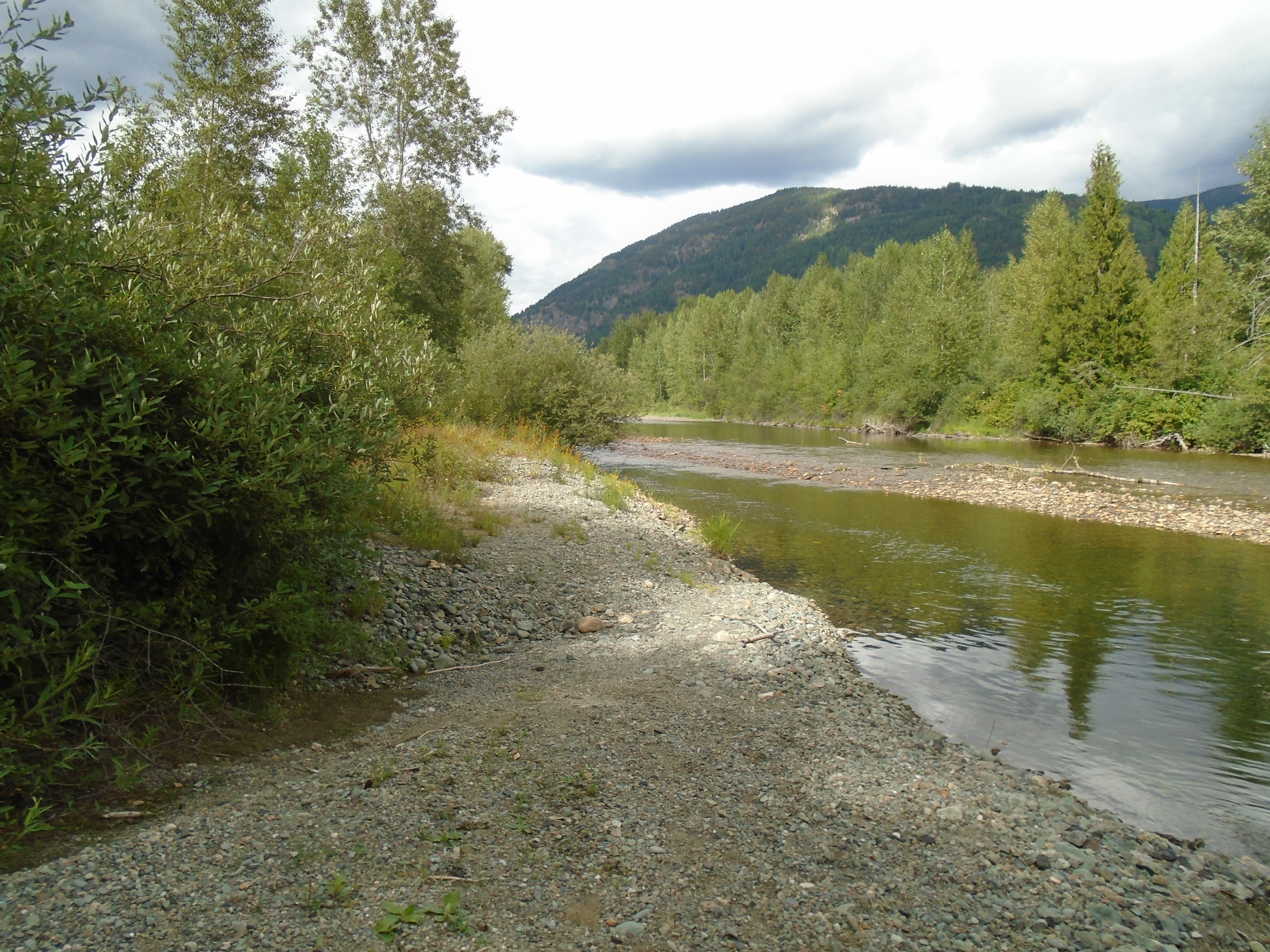
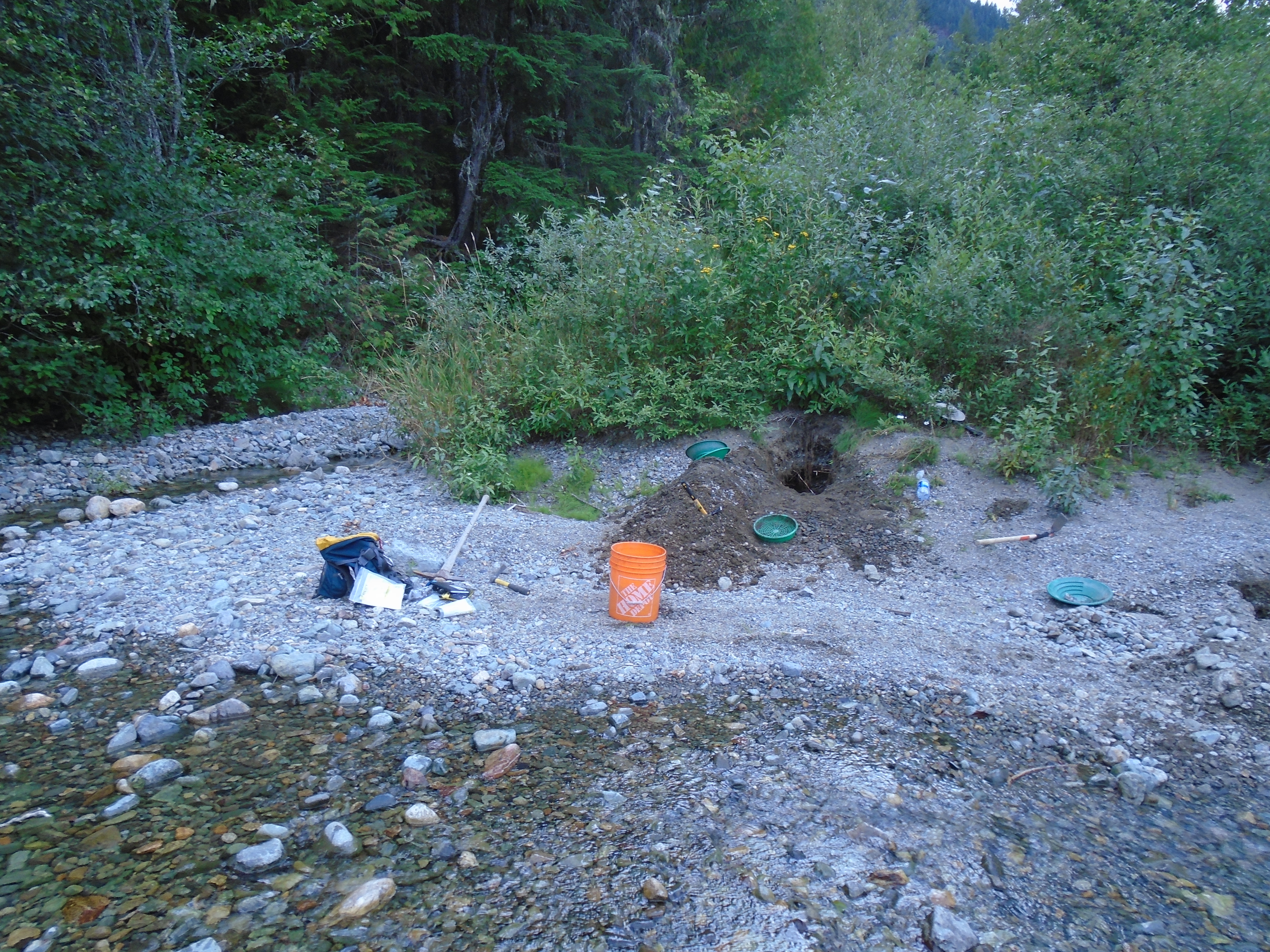
After prospecting the Salmo claim my brother and I joined a group at Koocanusa Lake for a houseboat bachelor party adventure. That is another story though.

